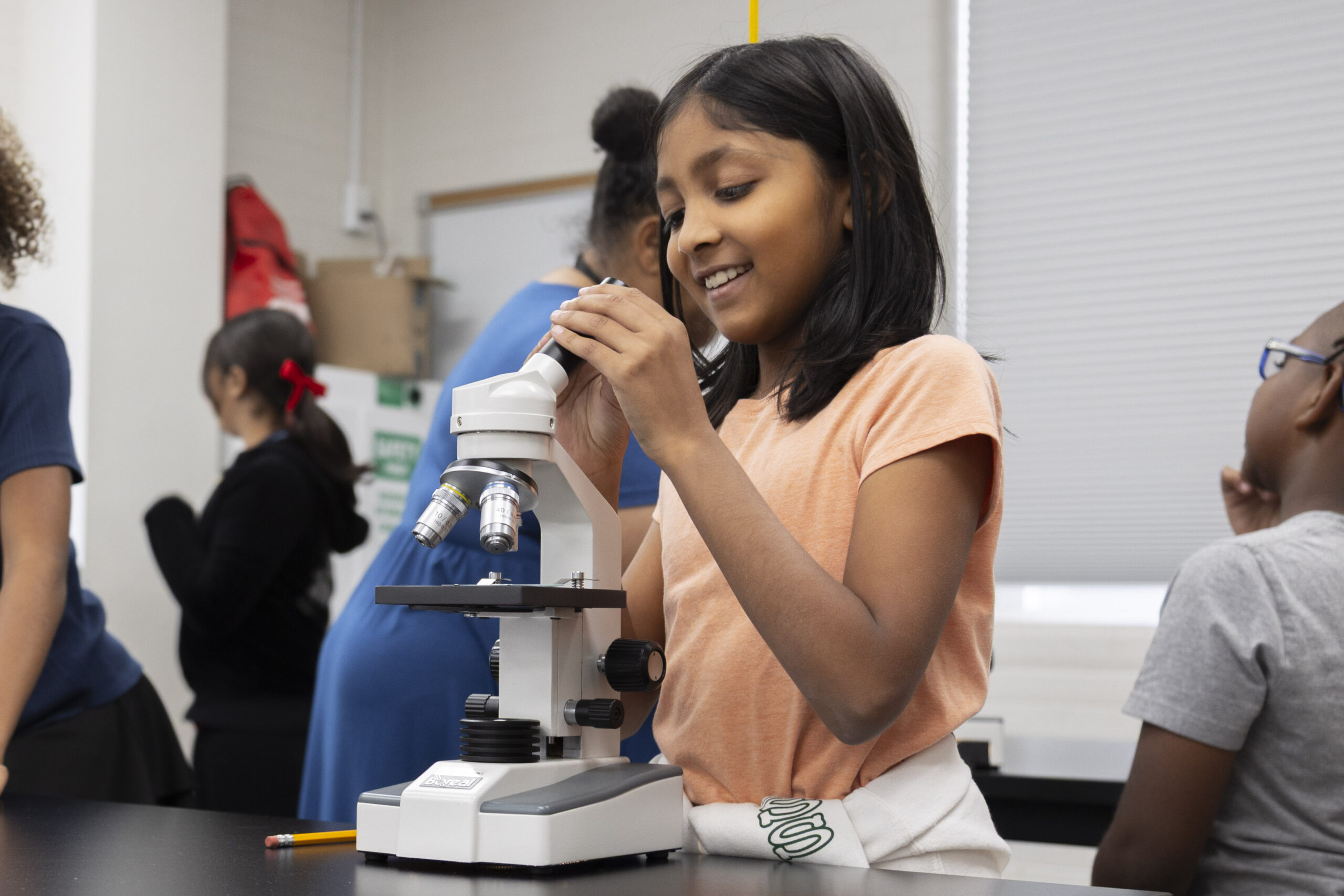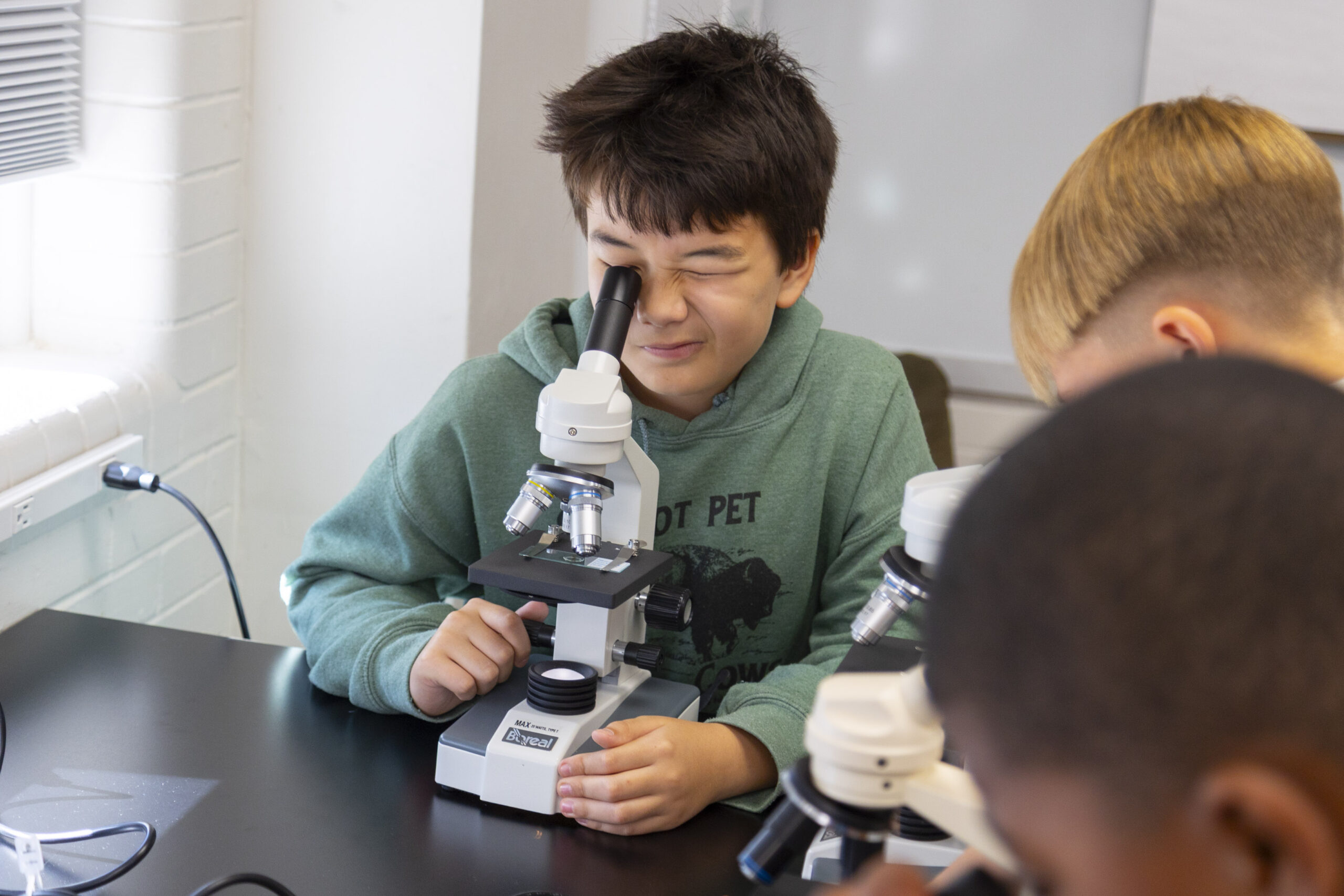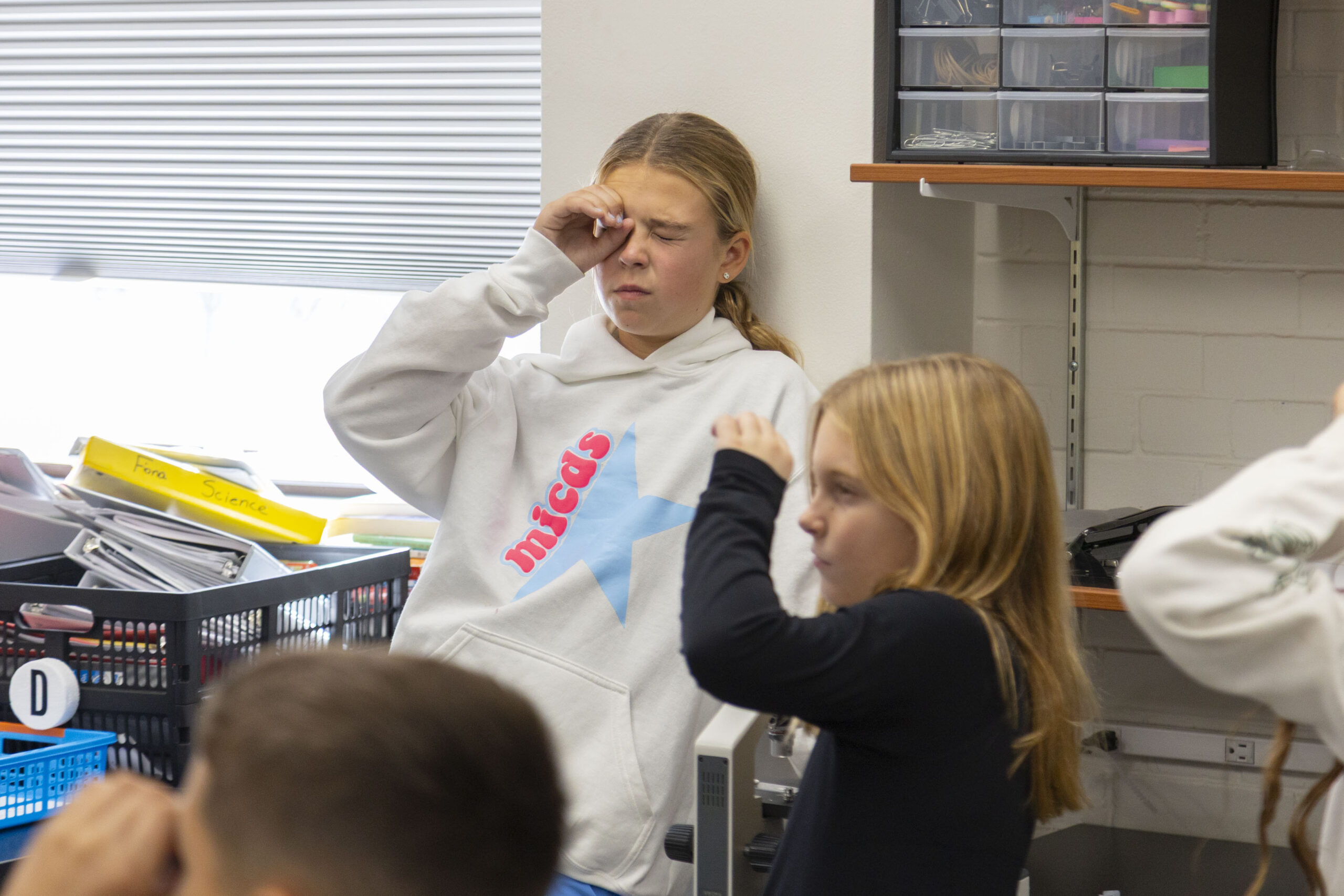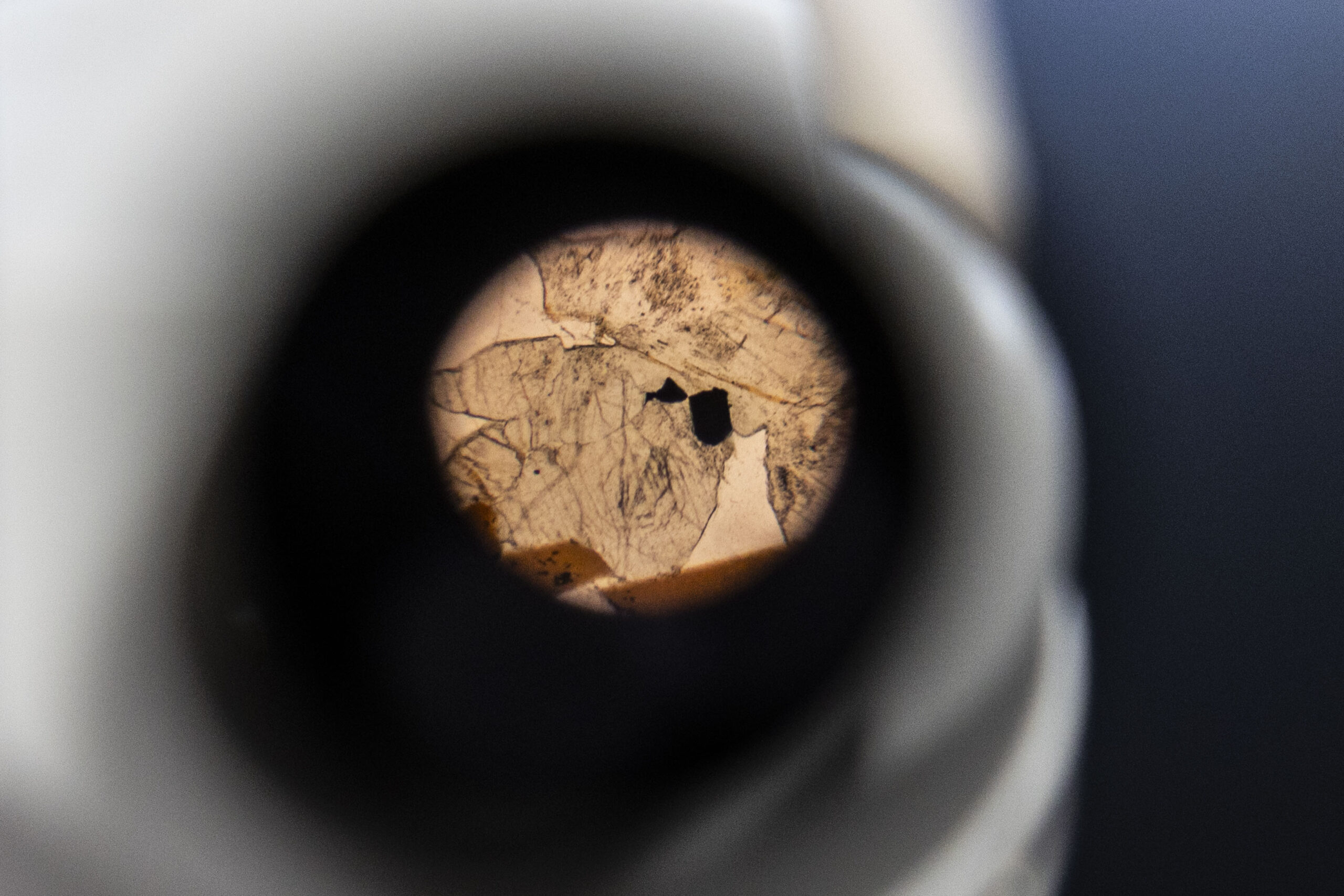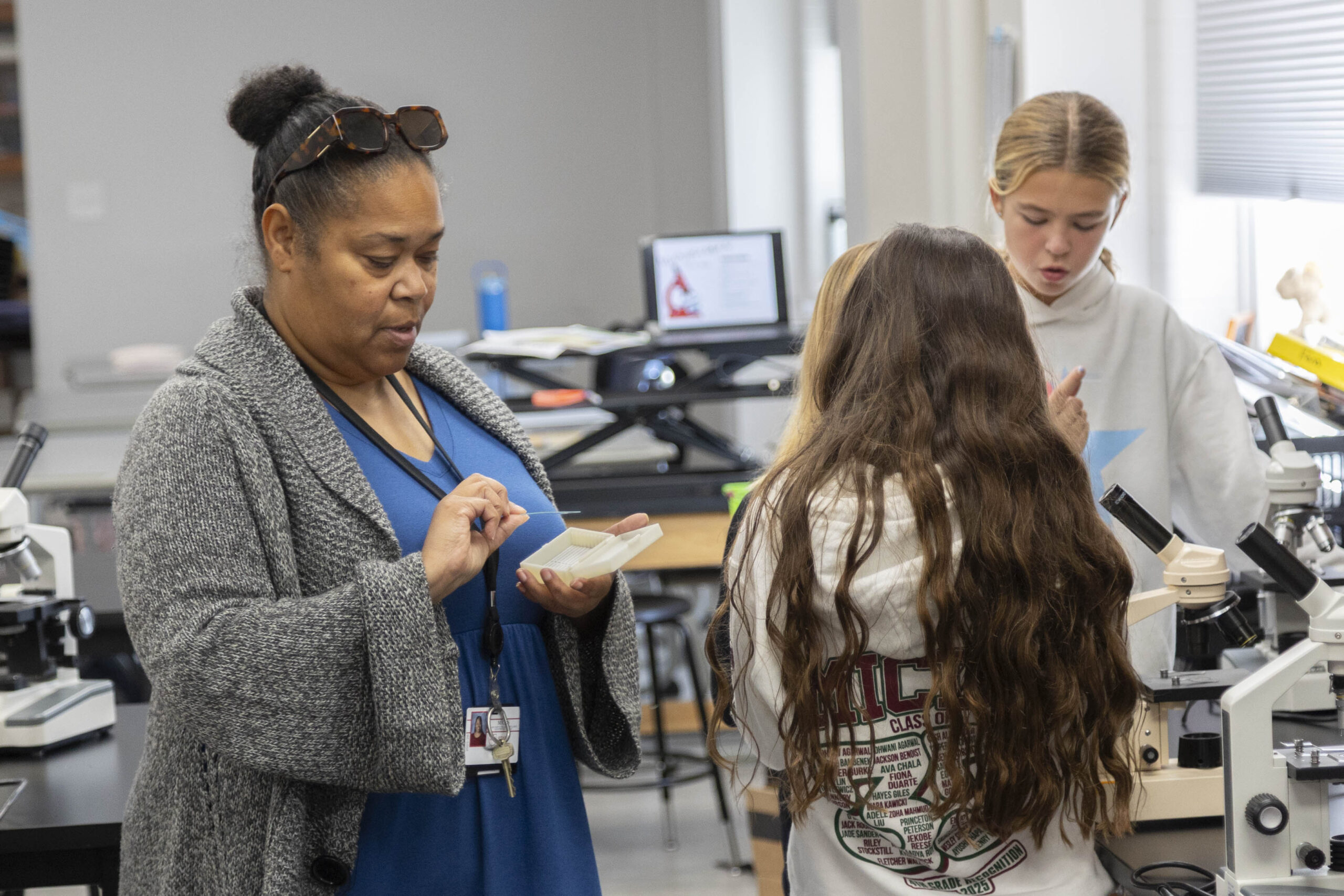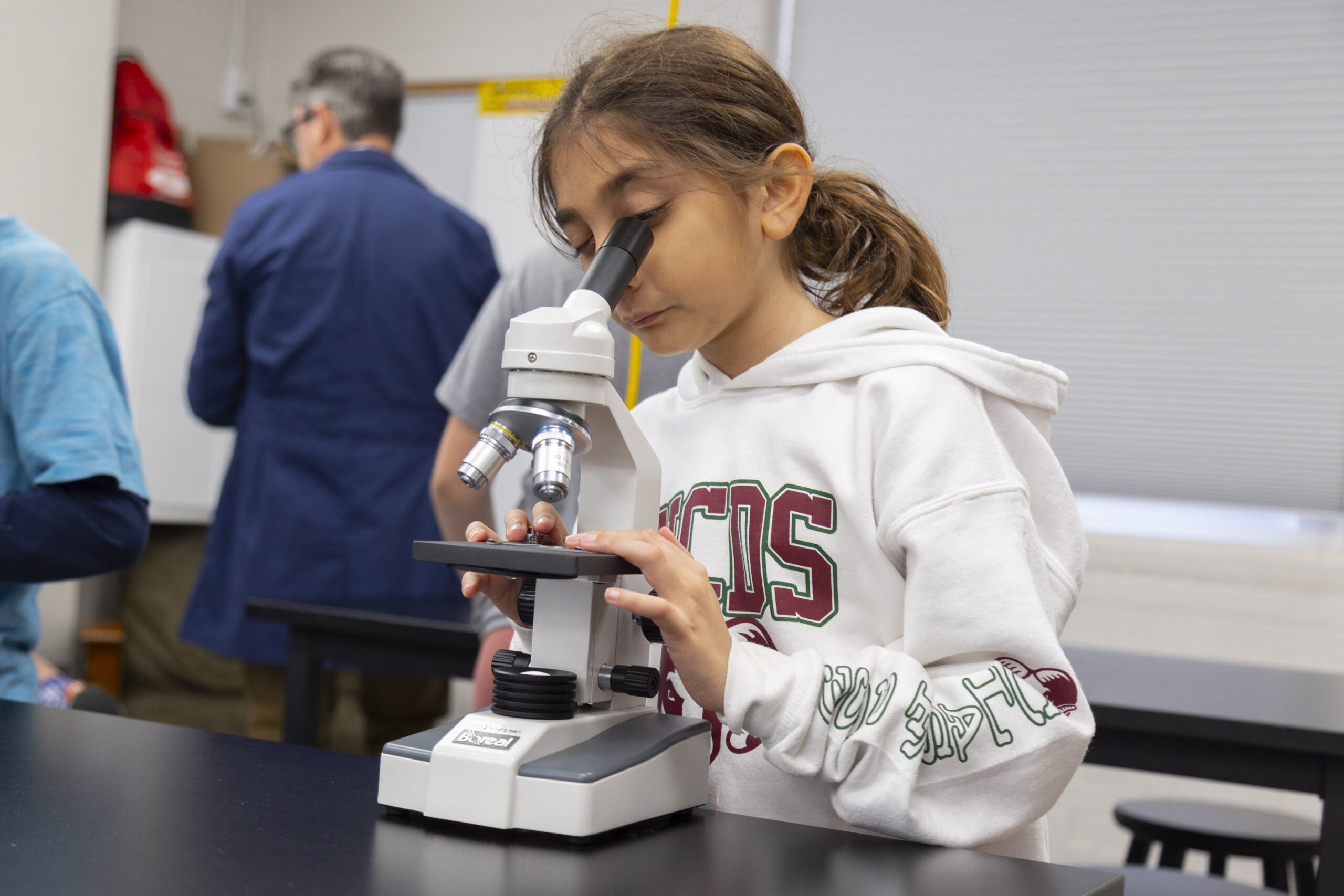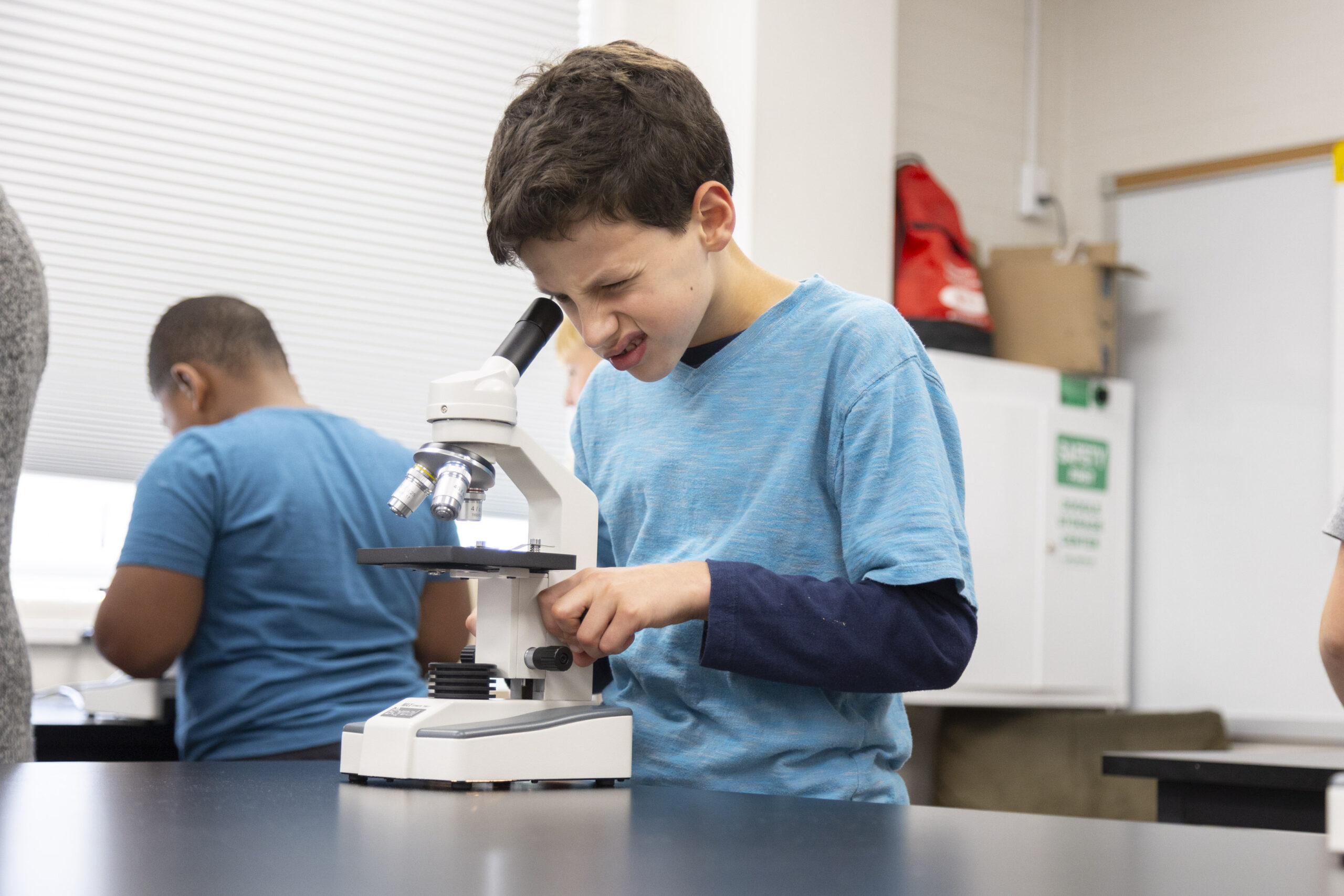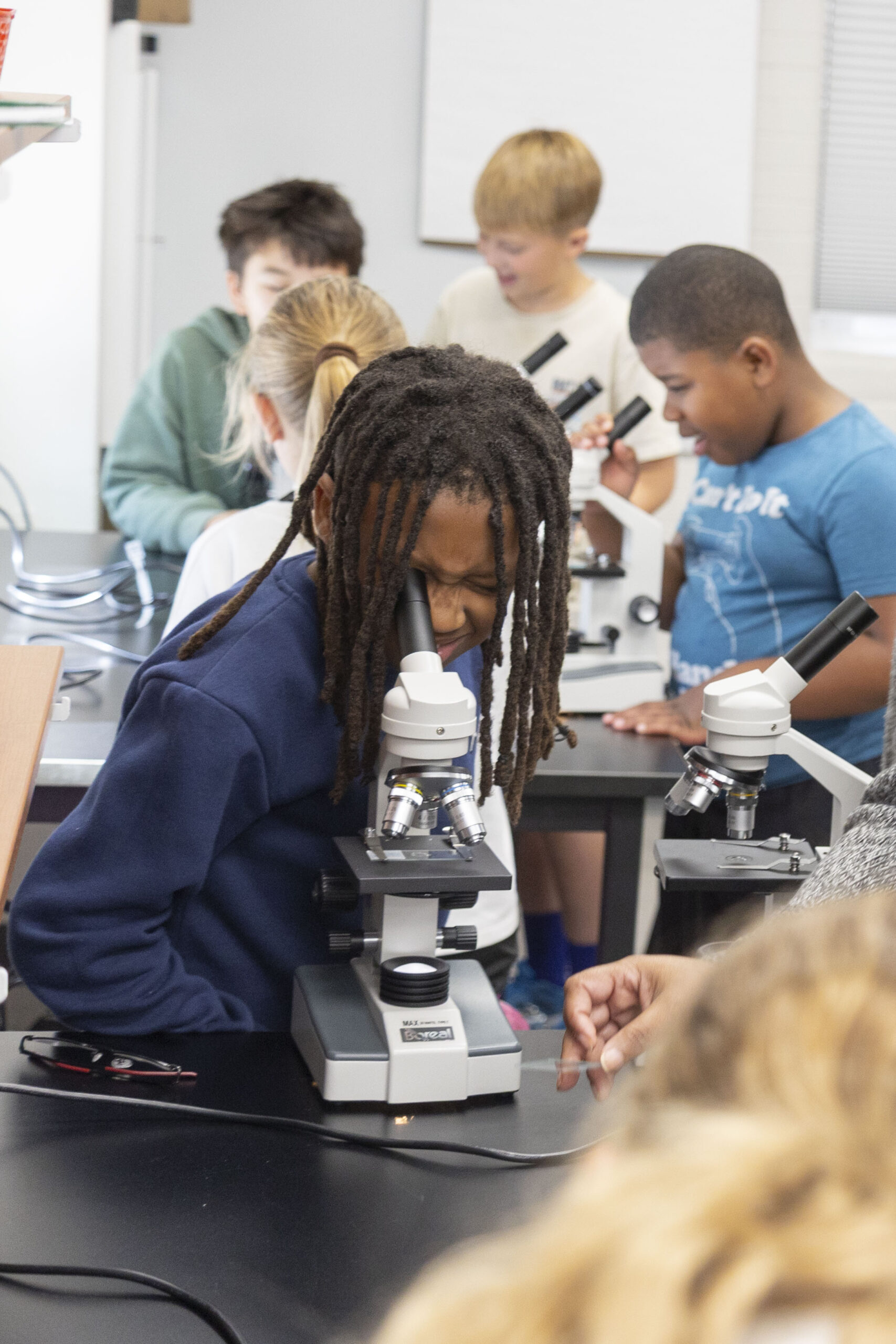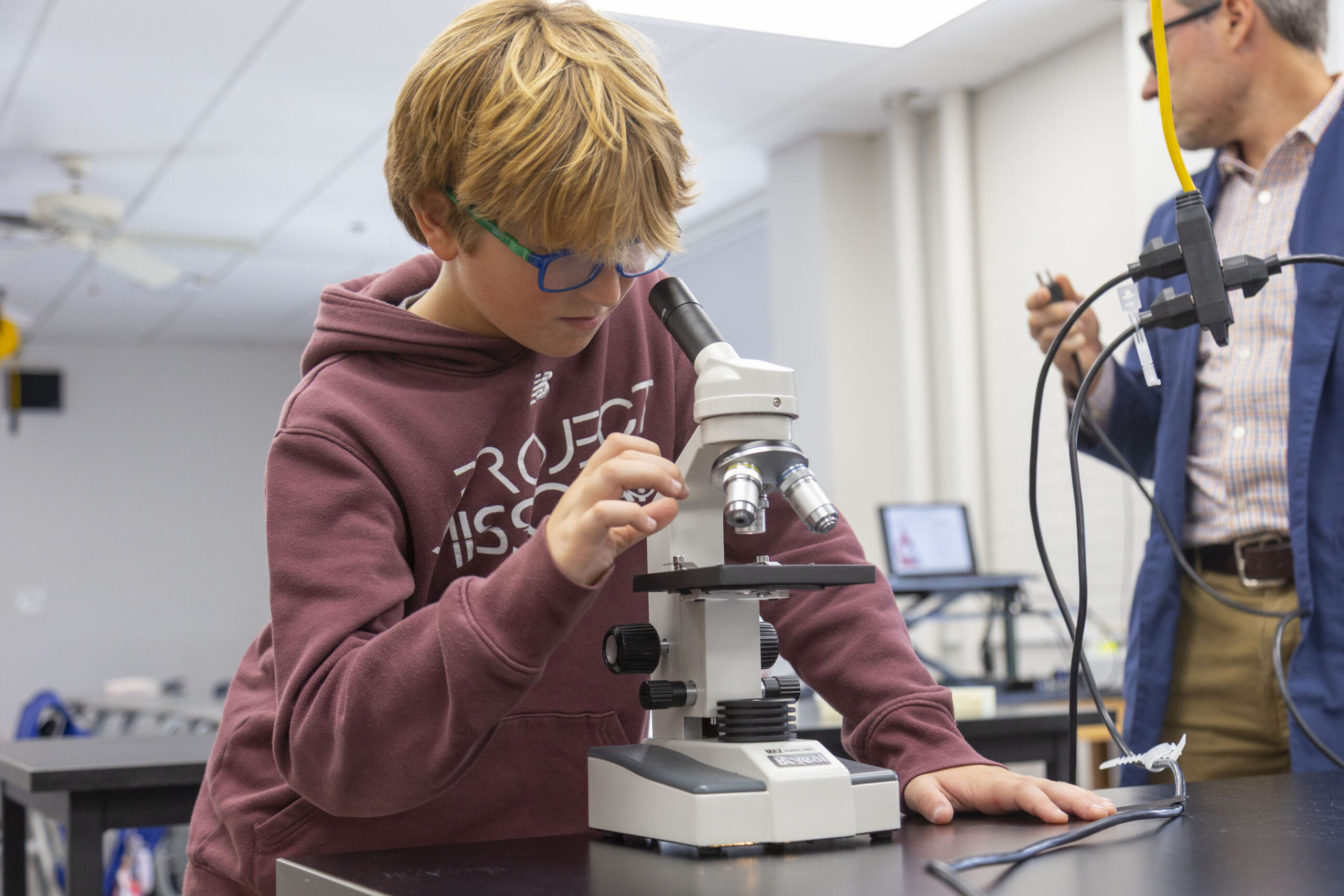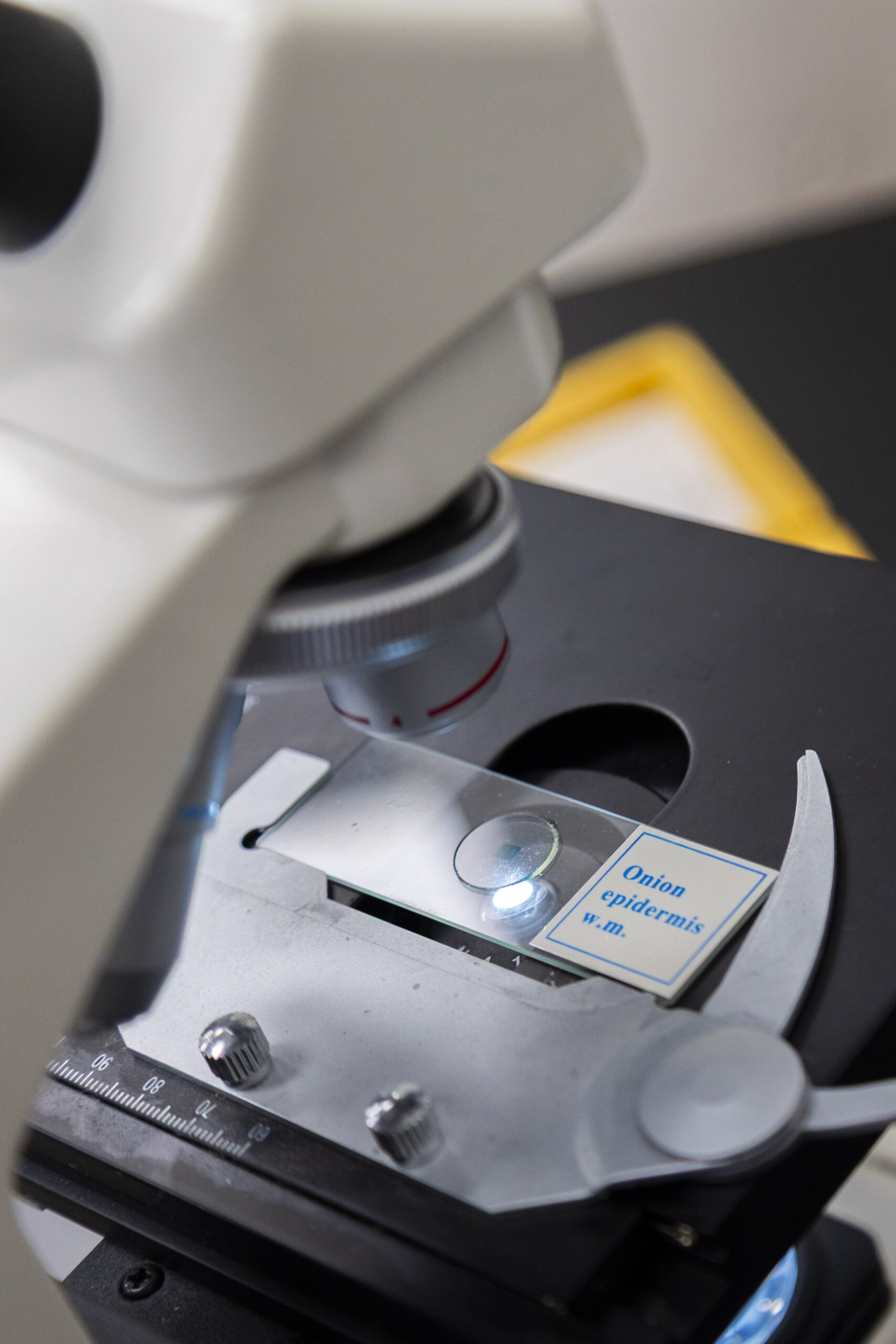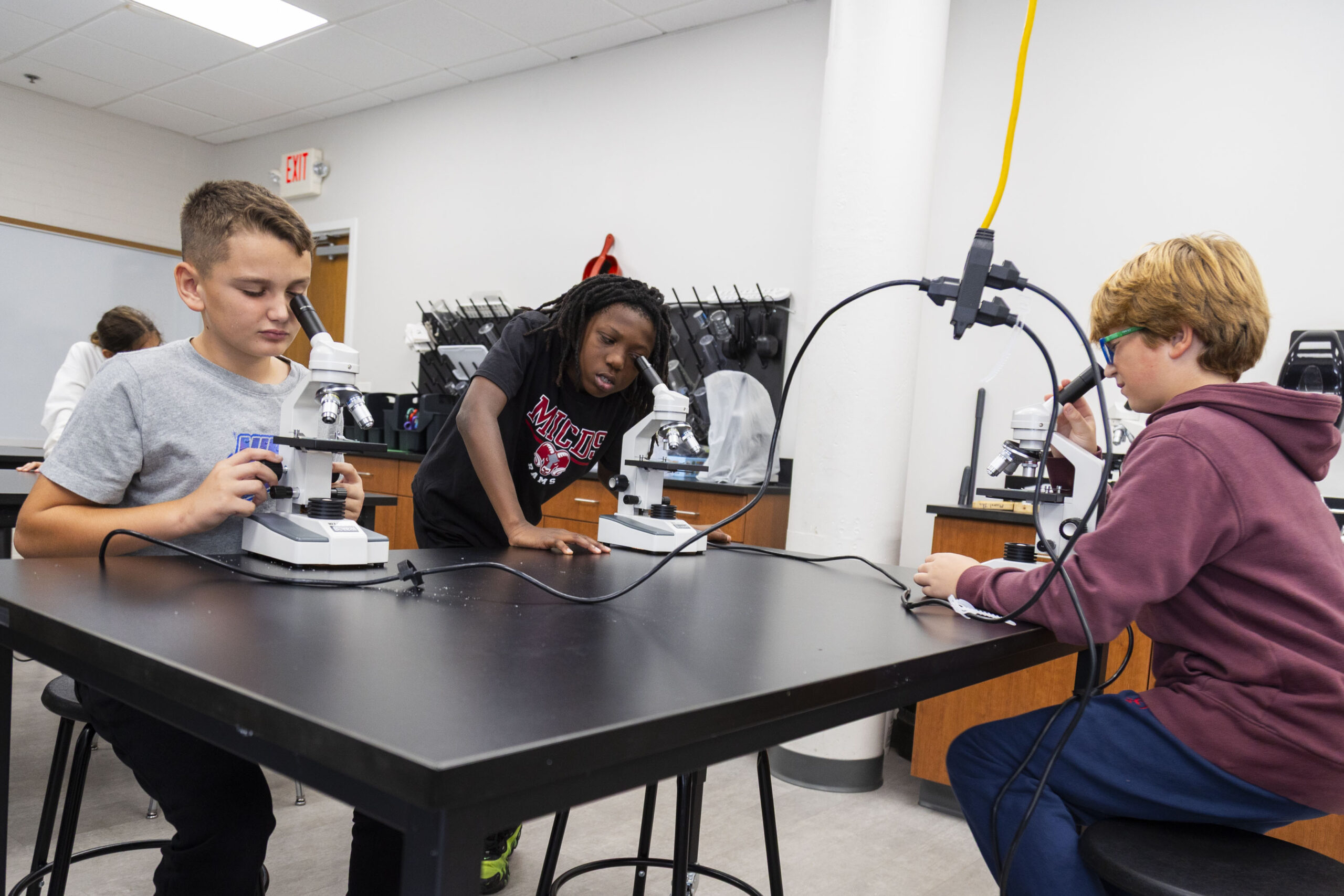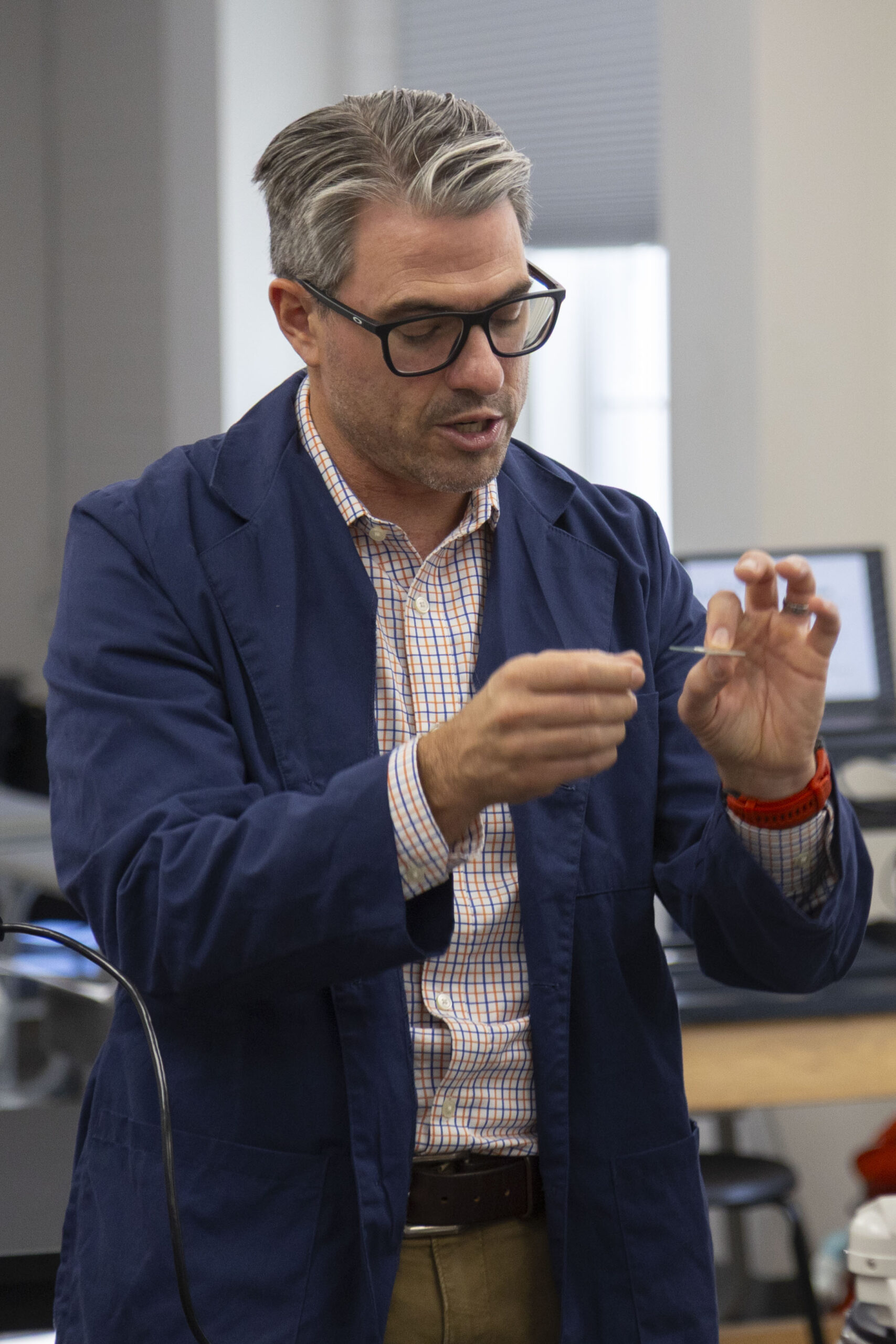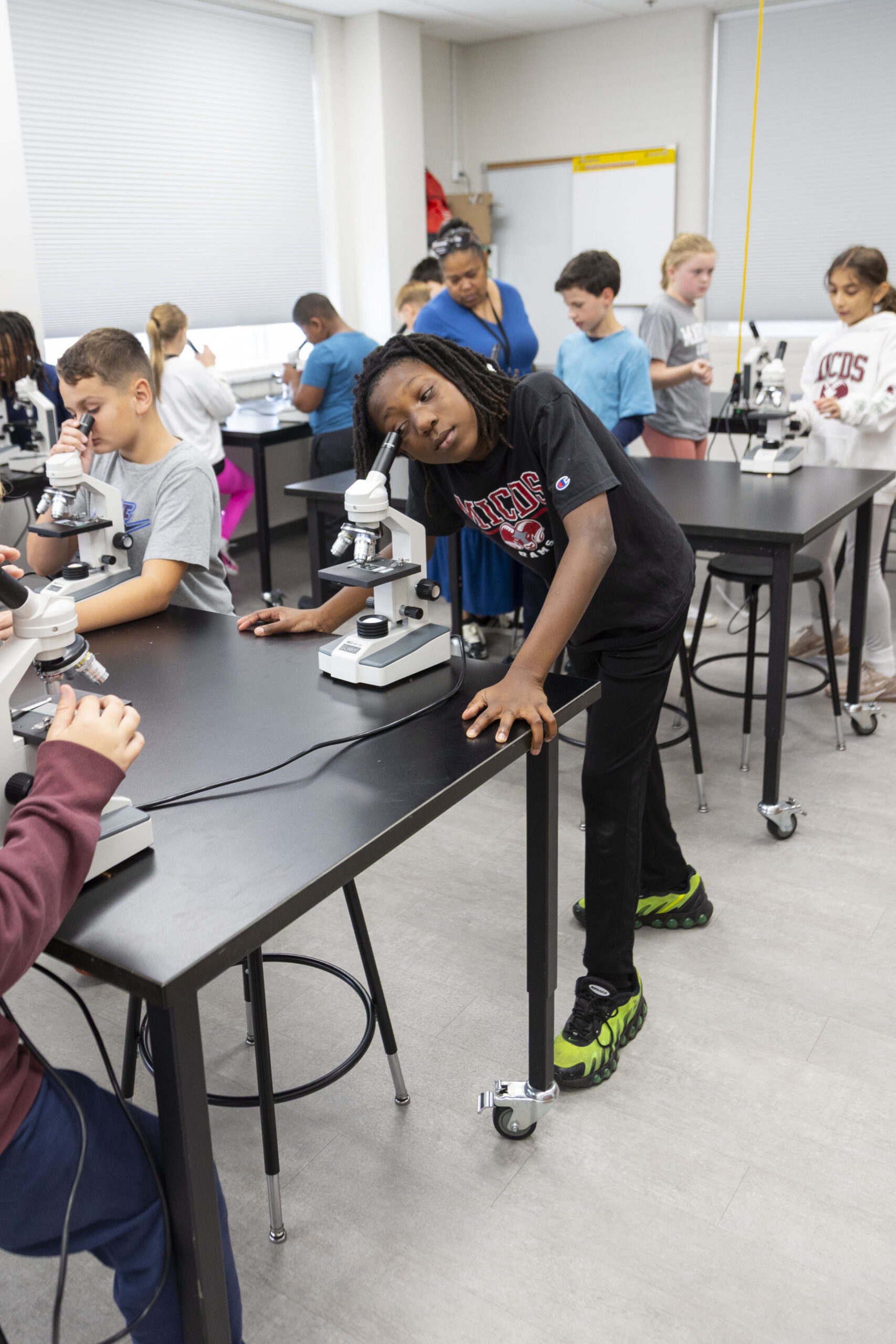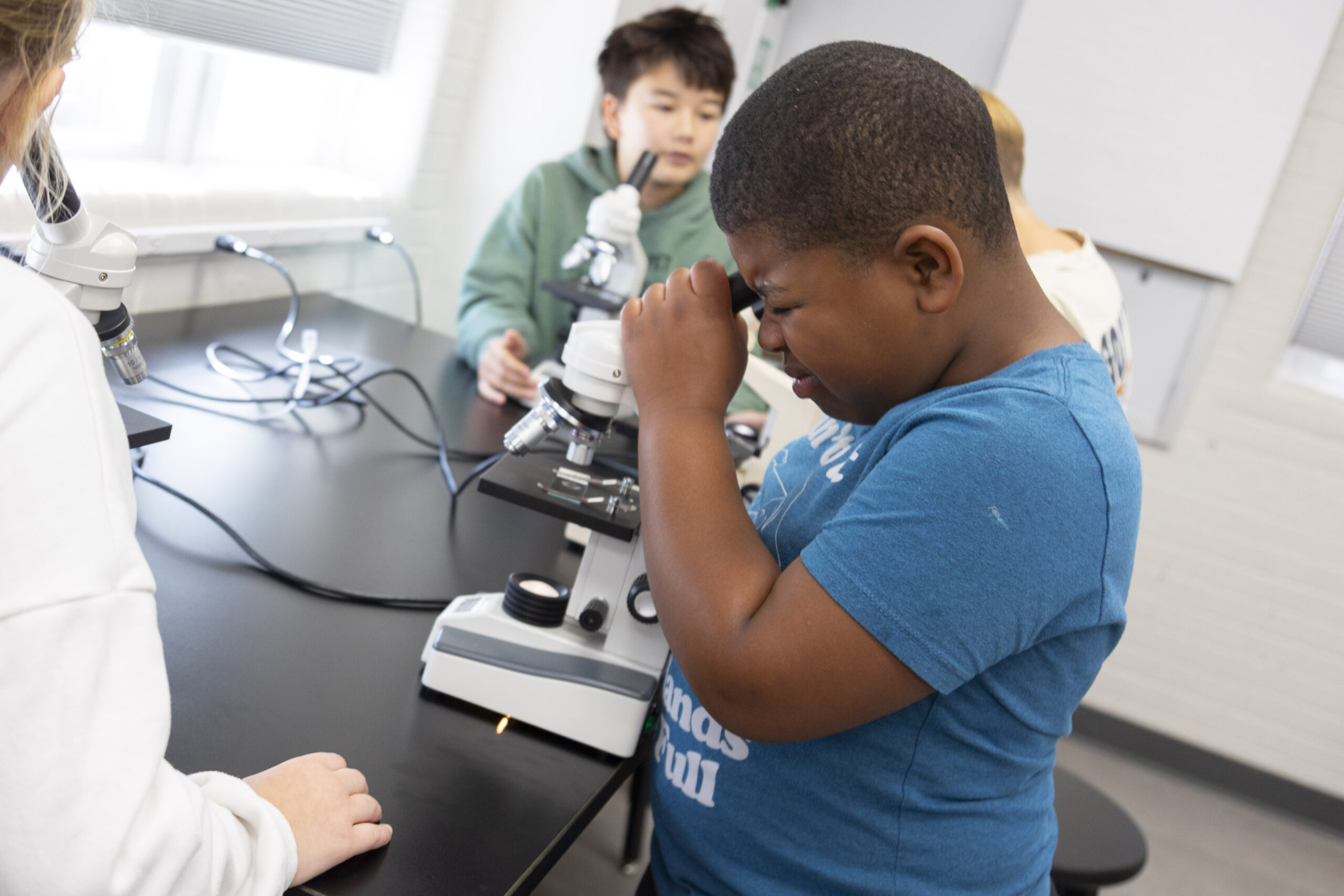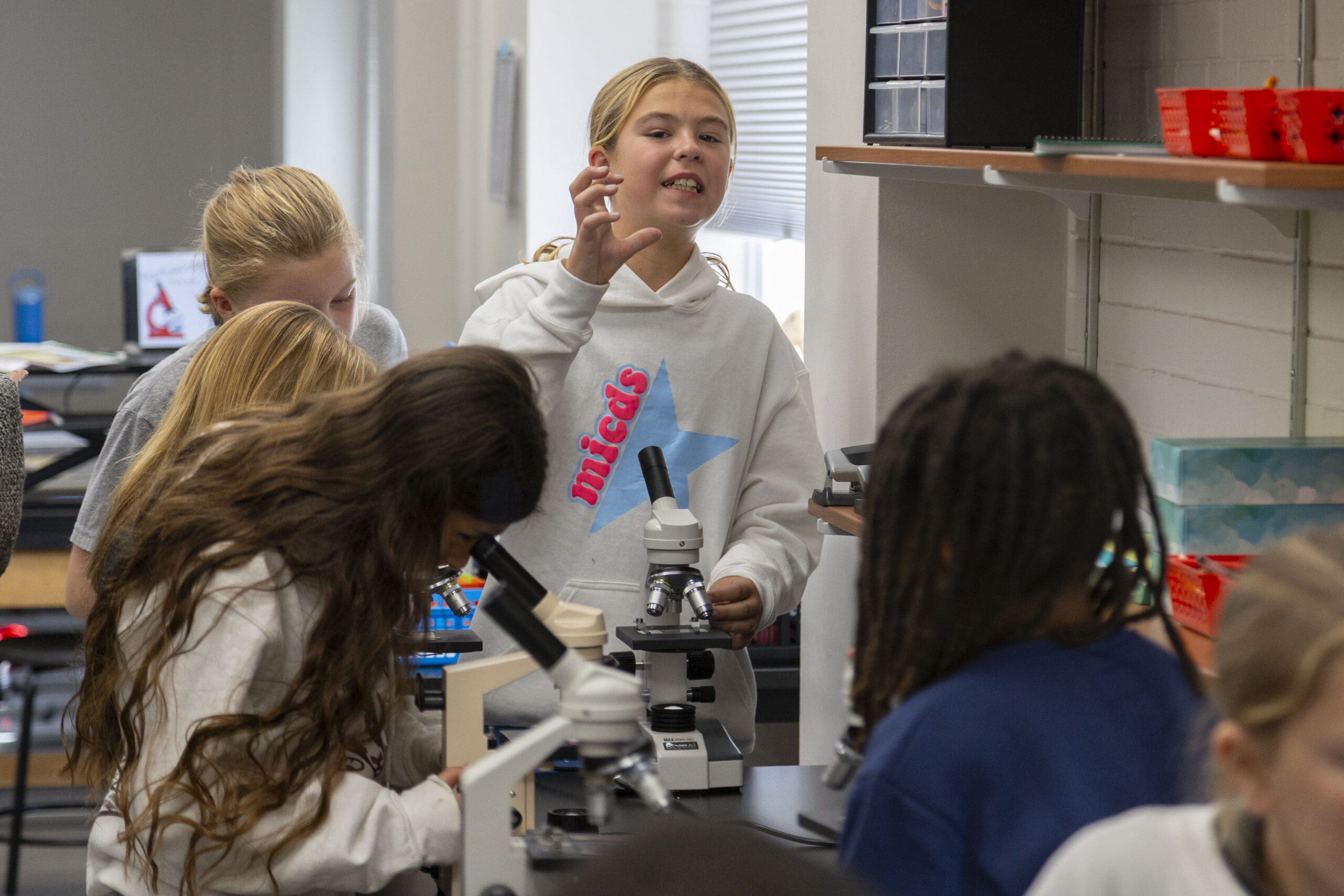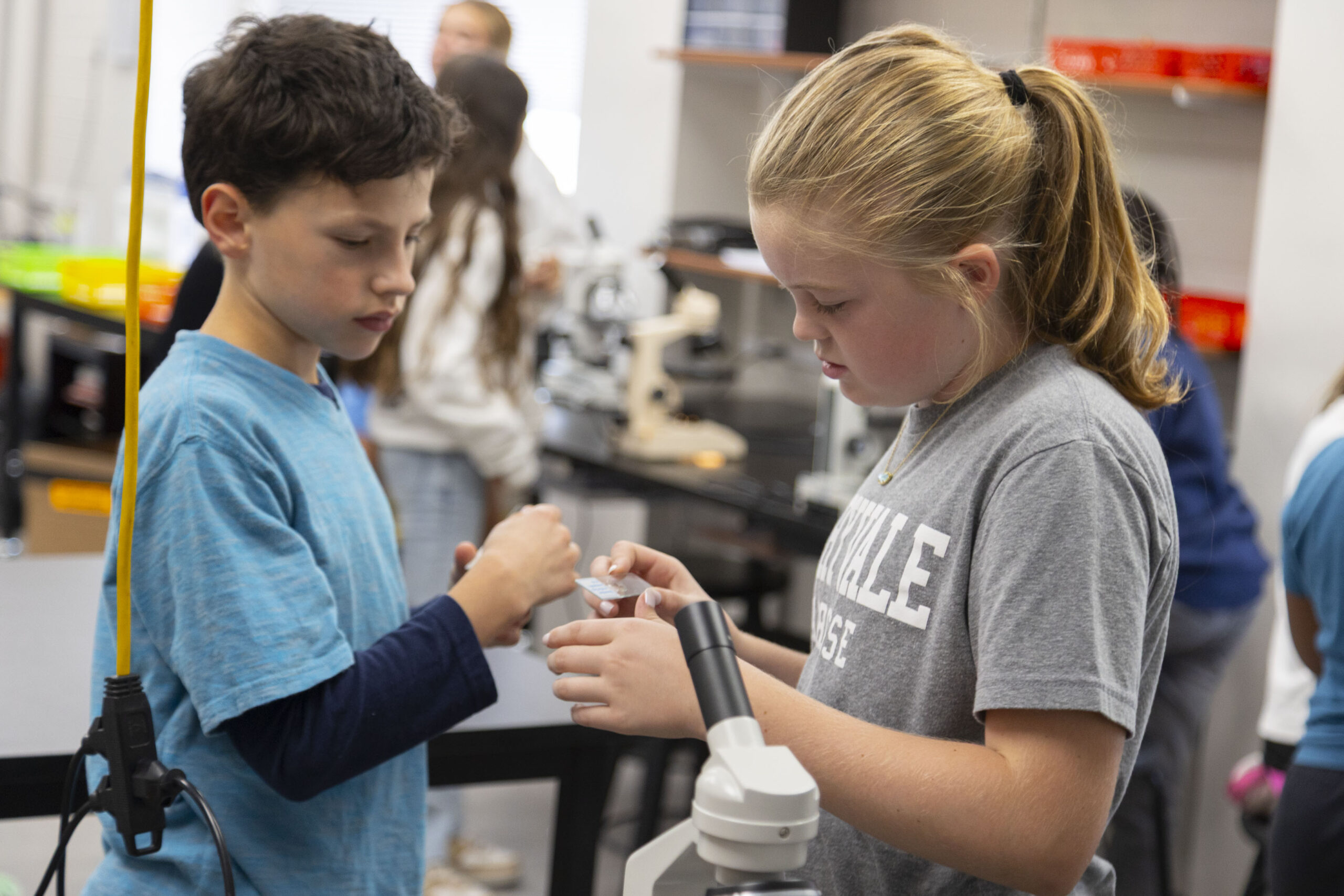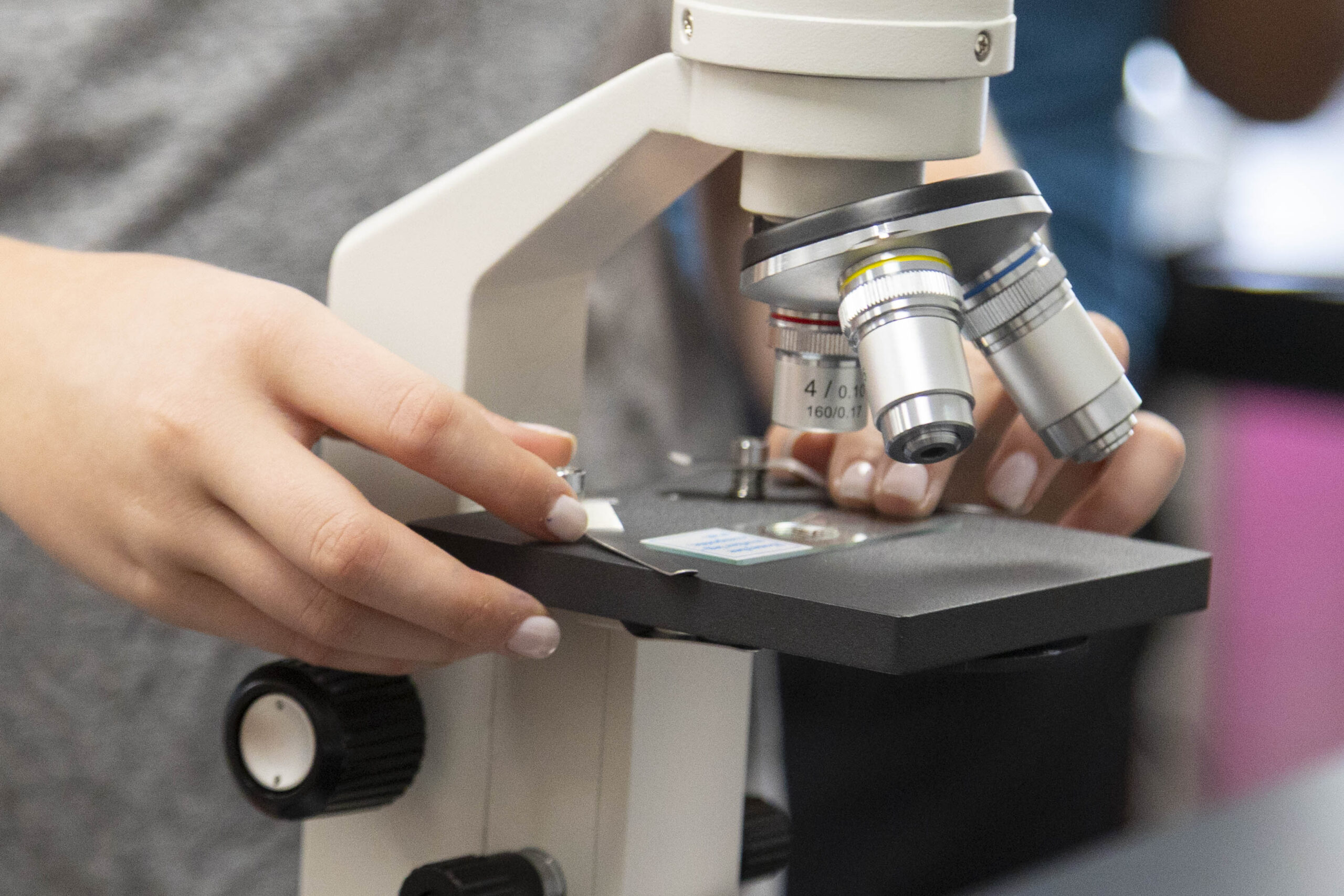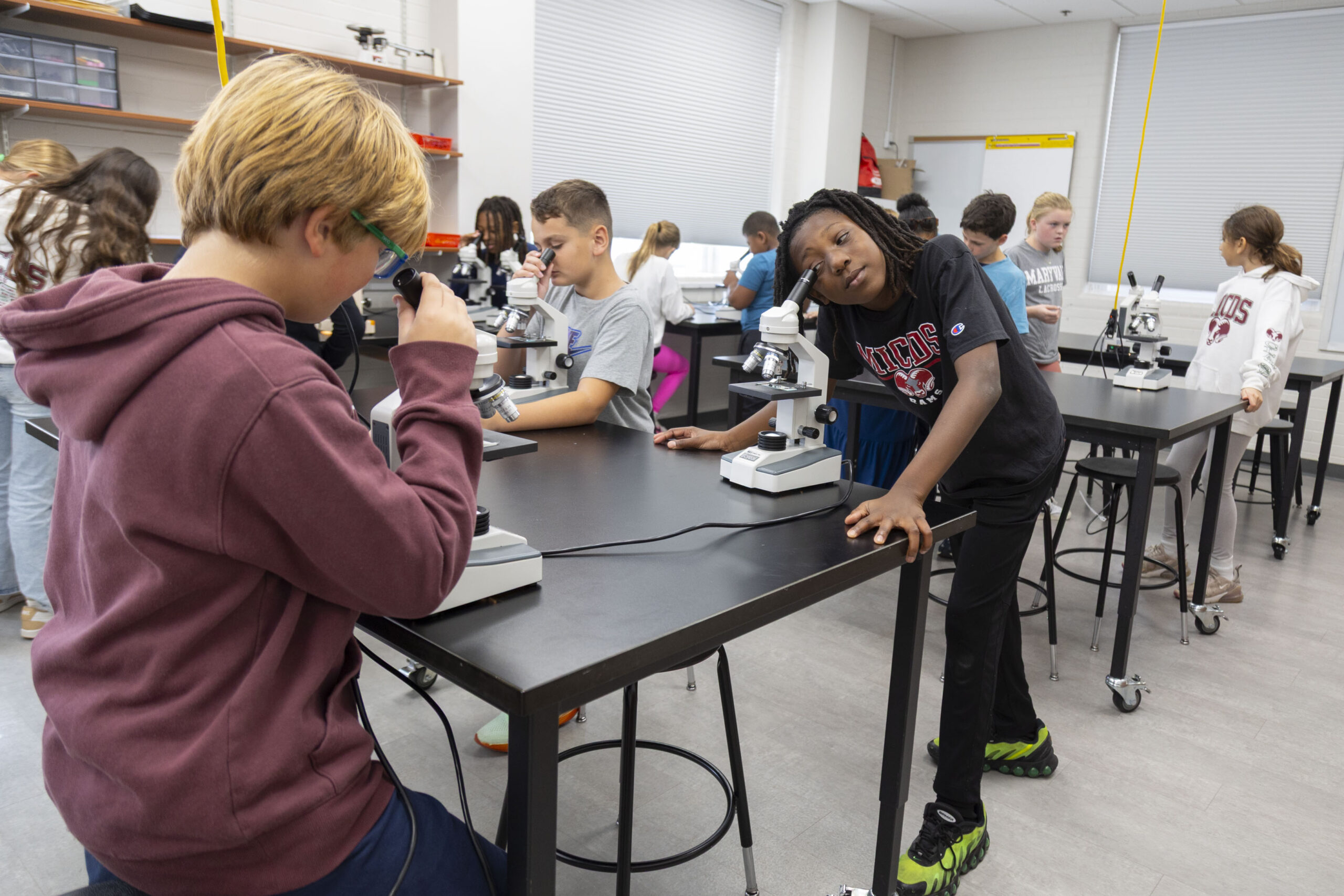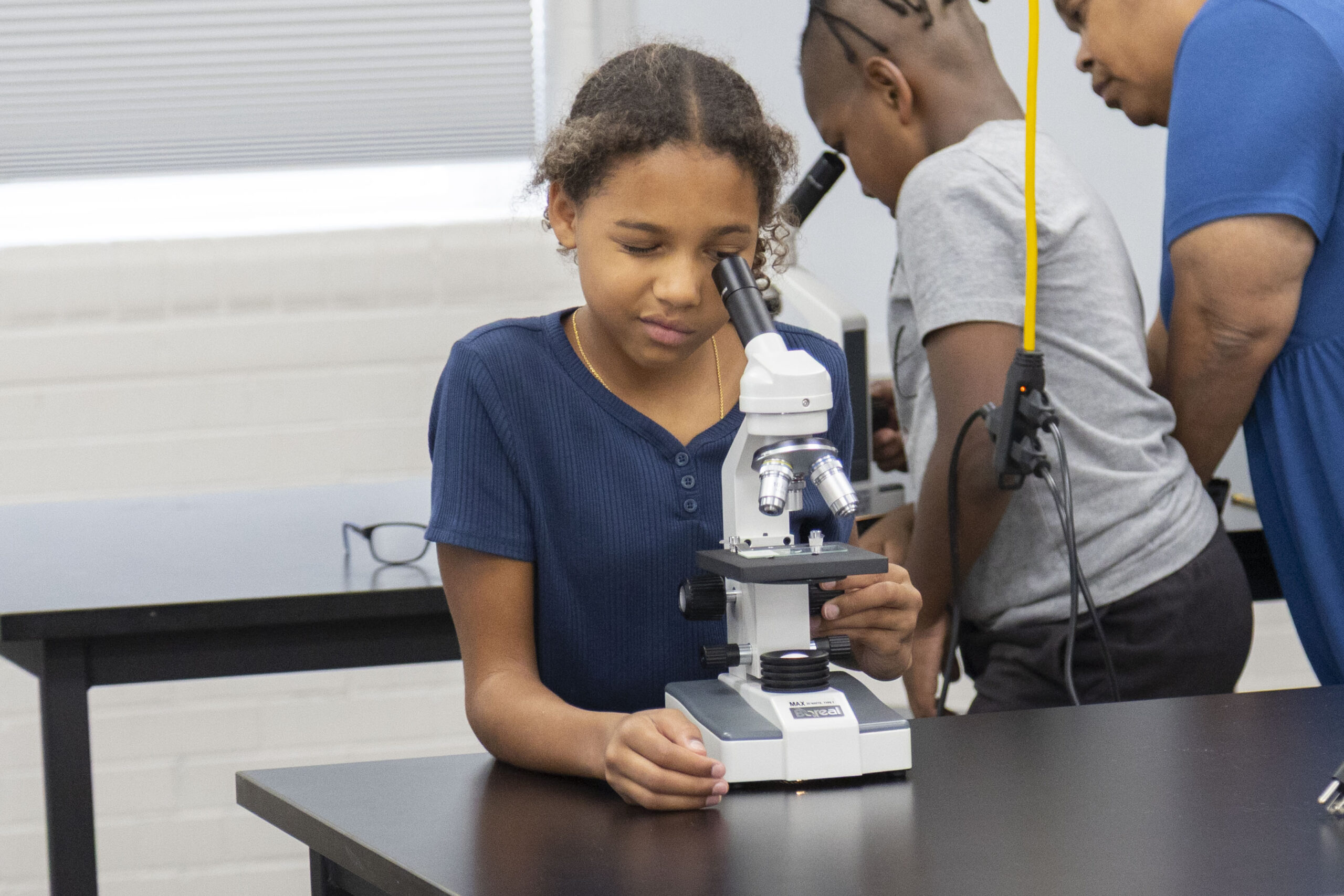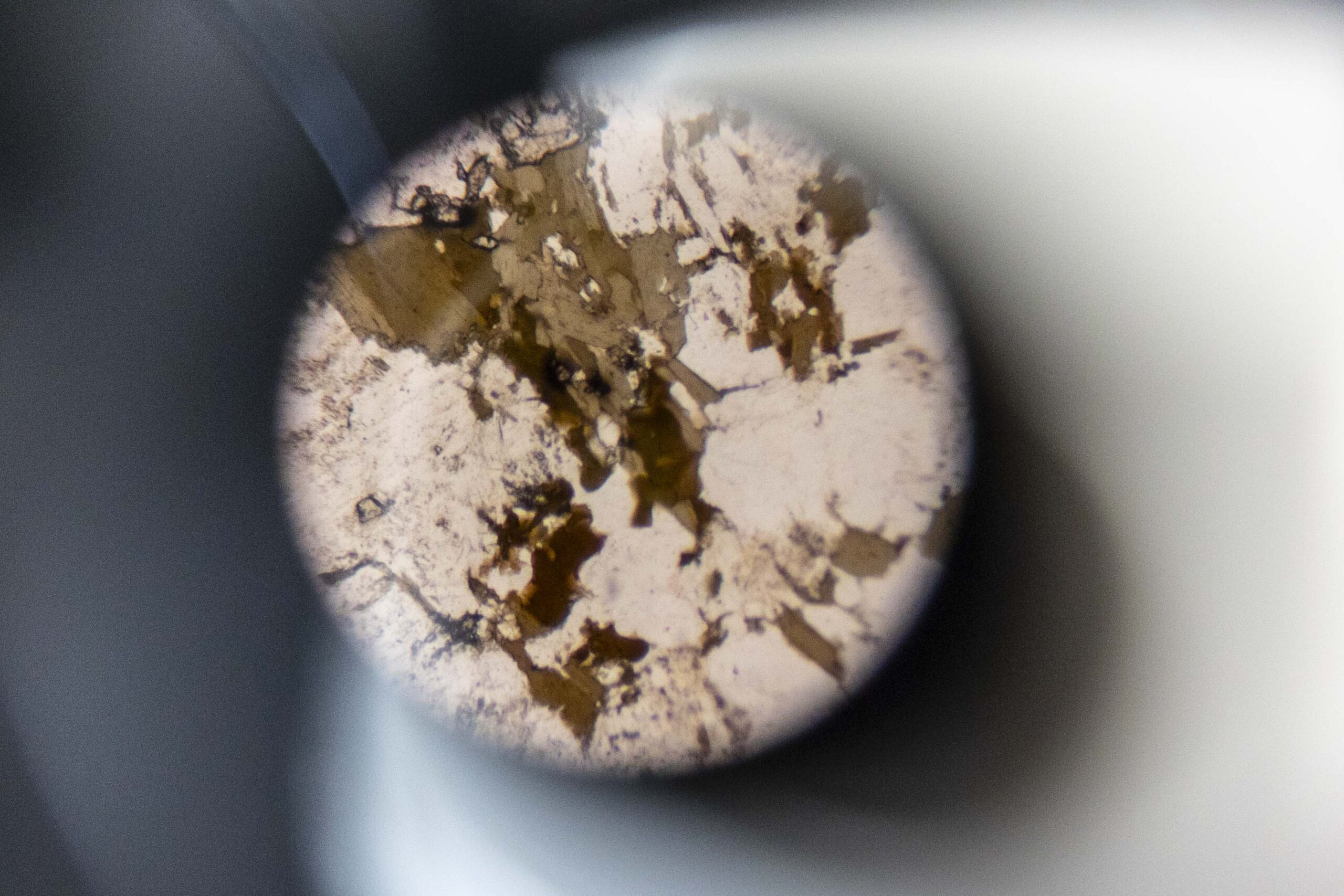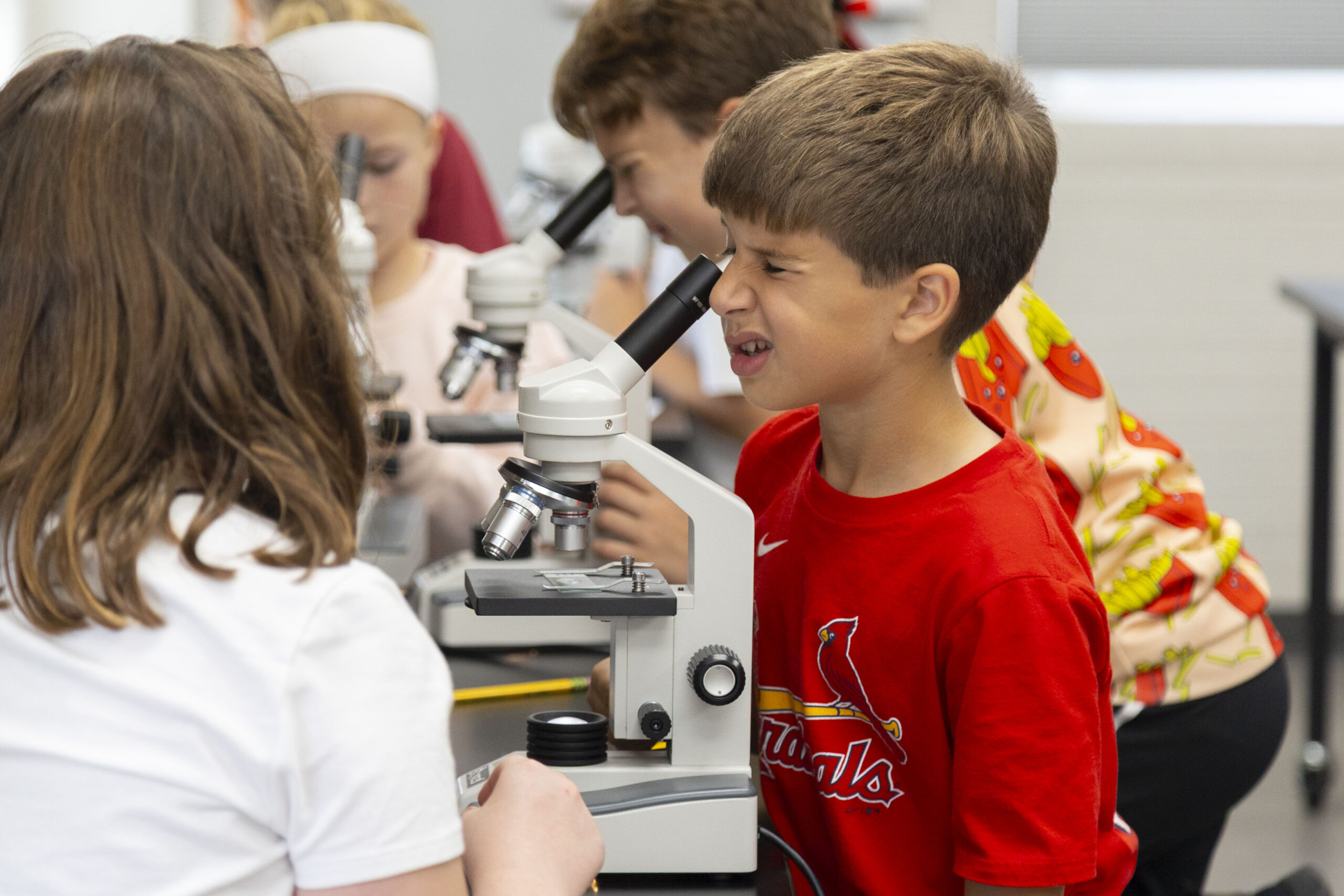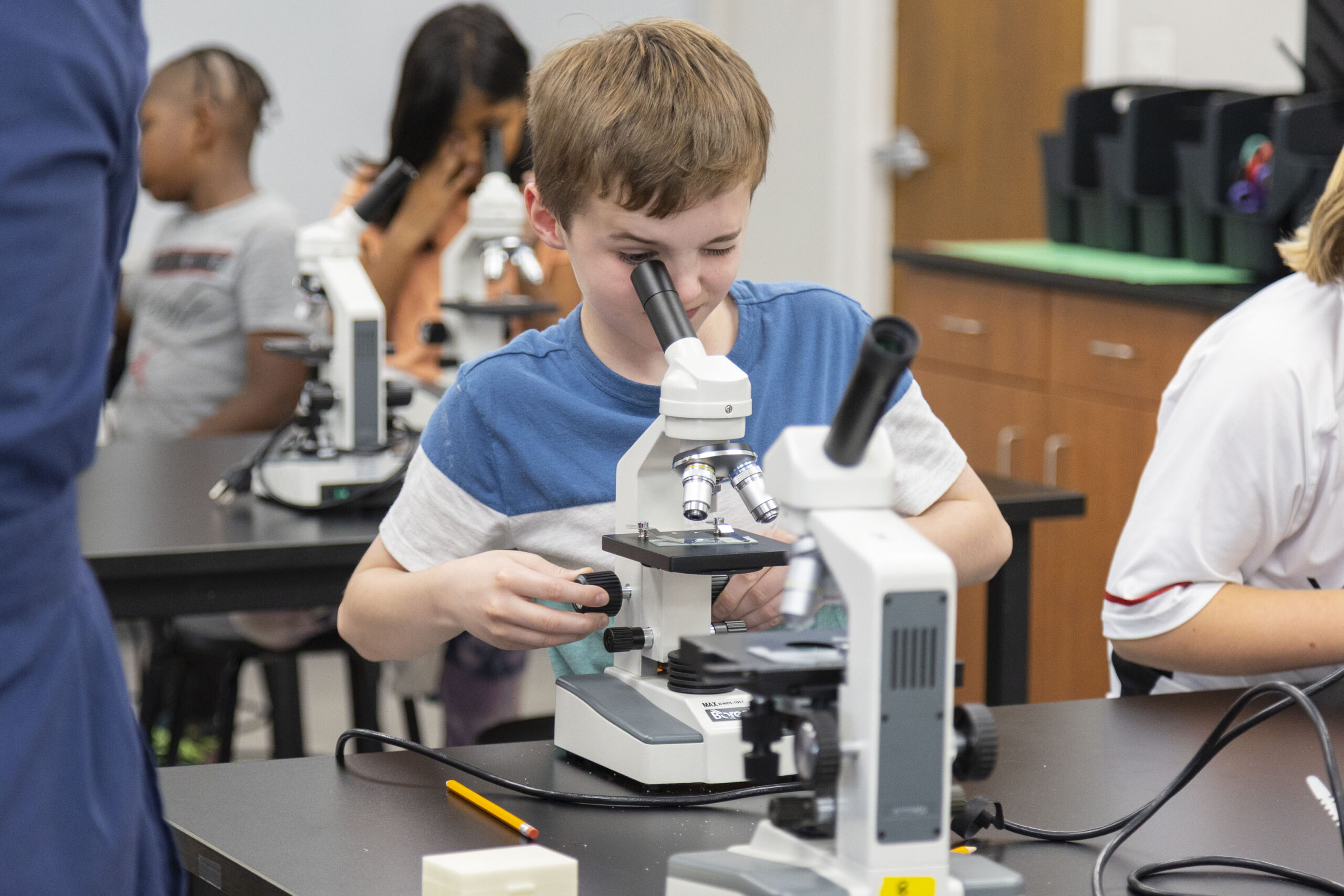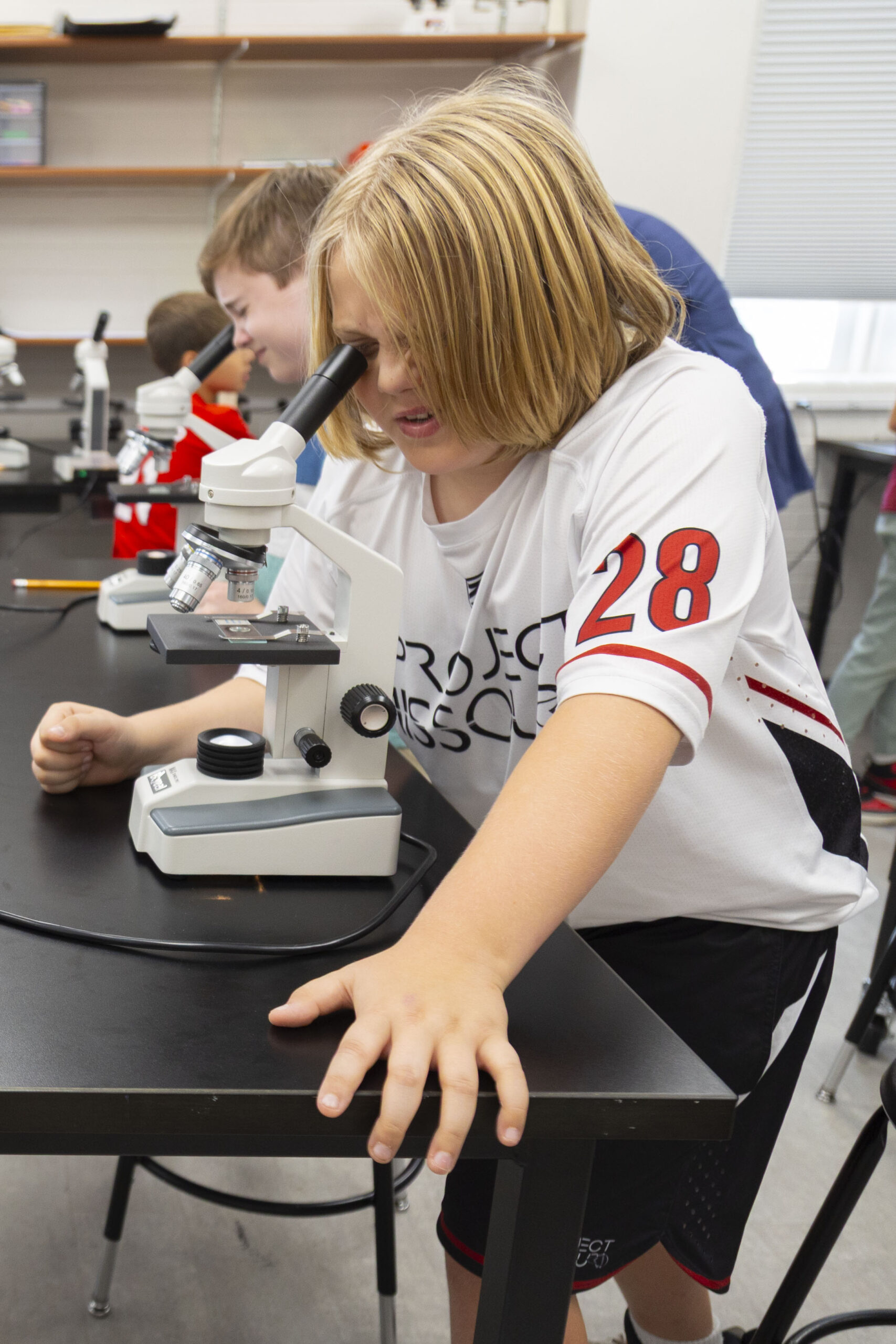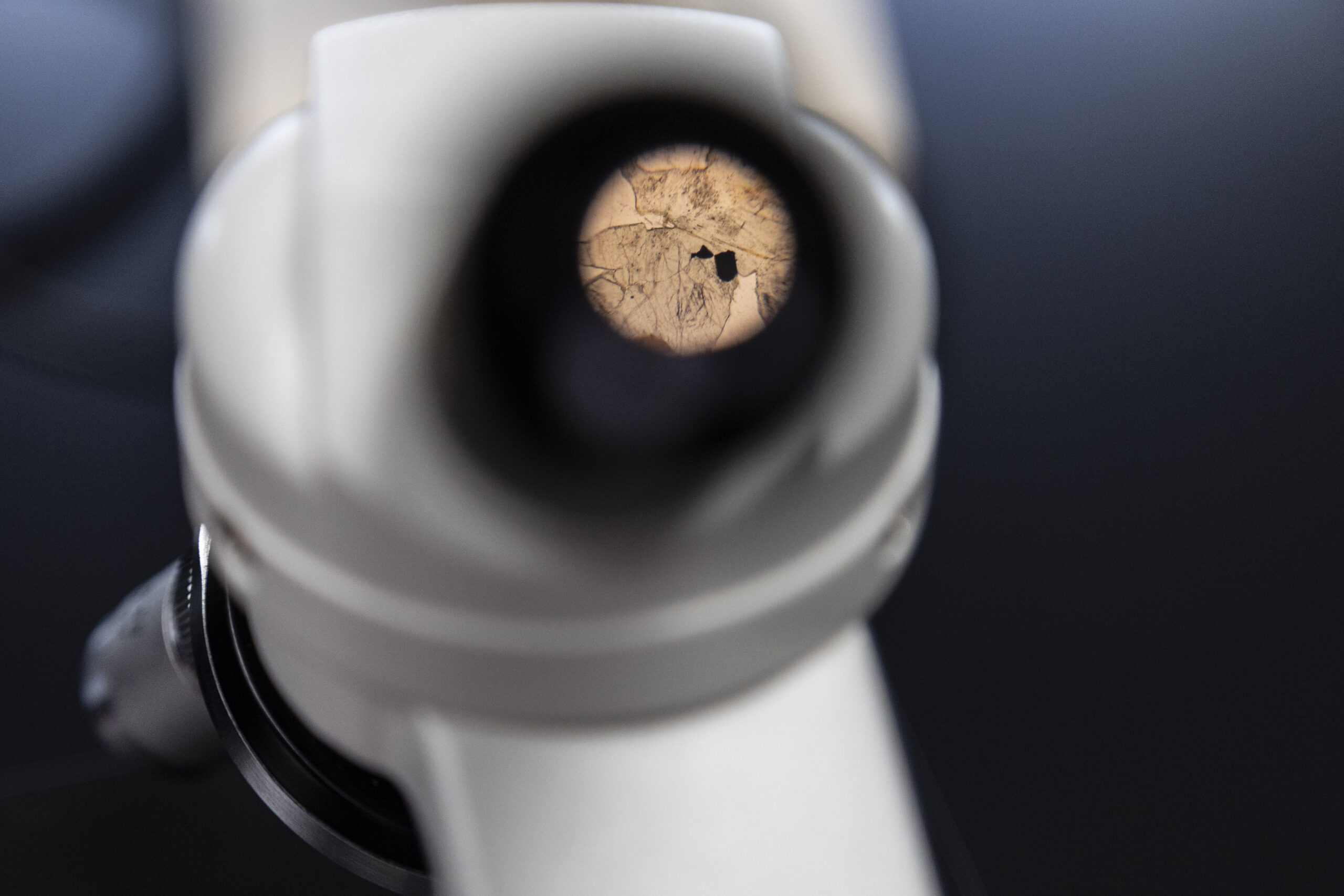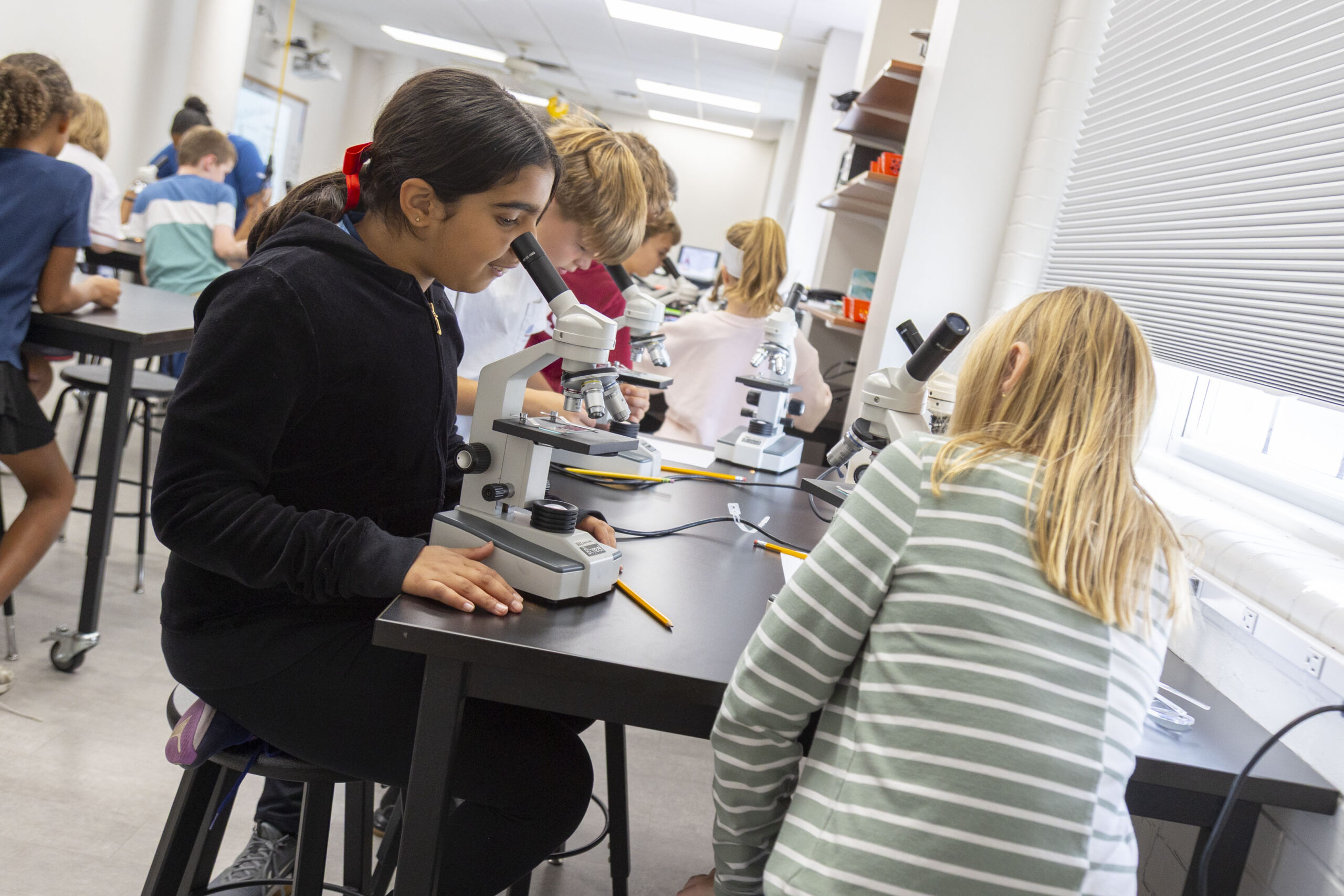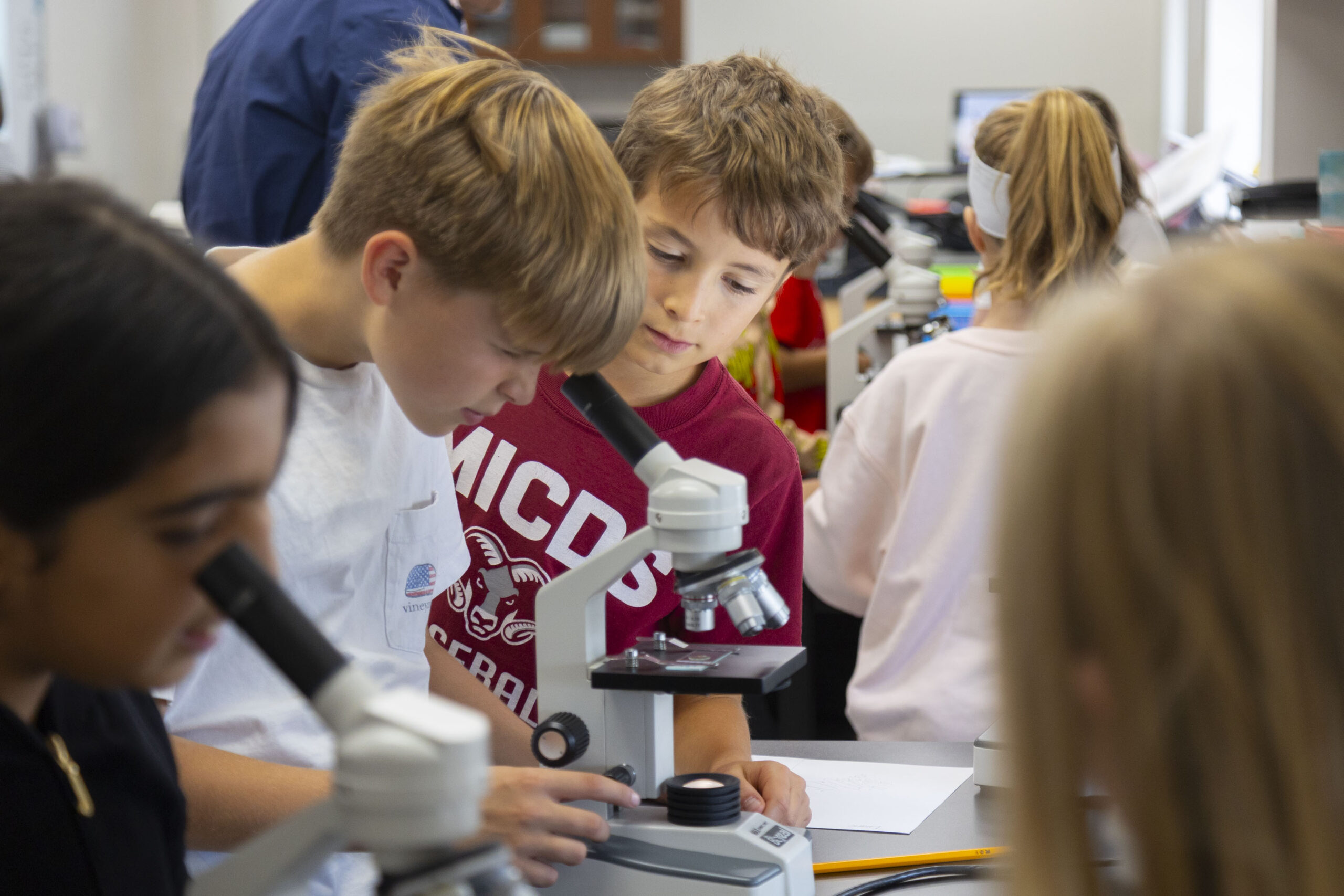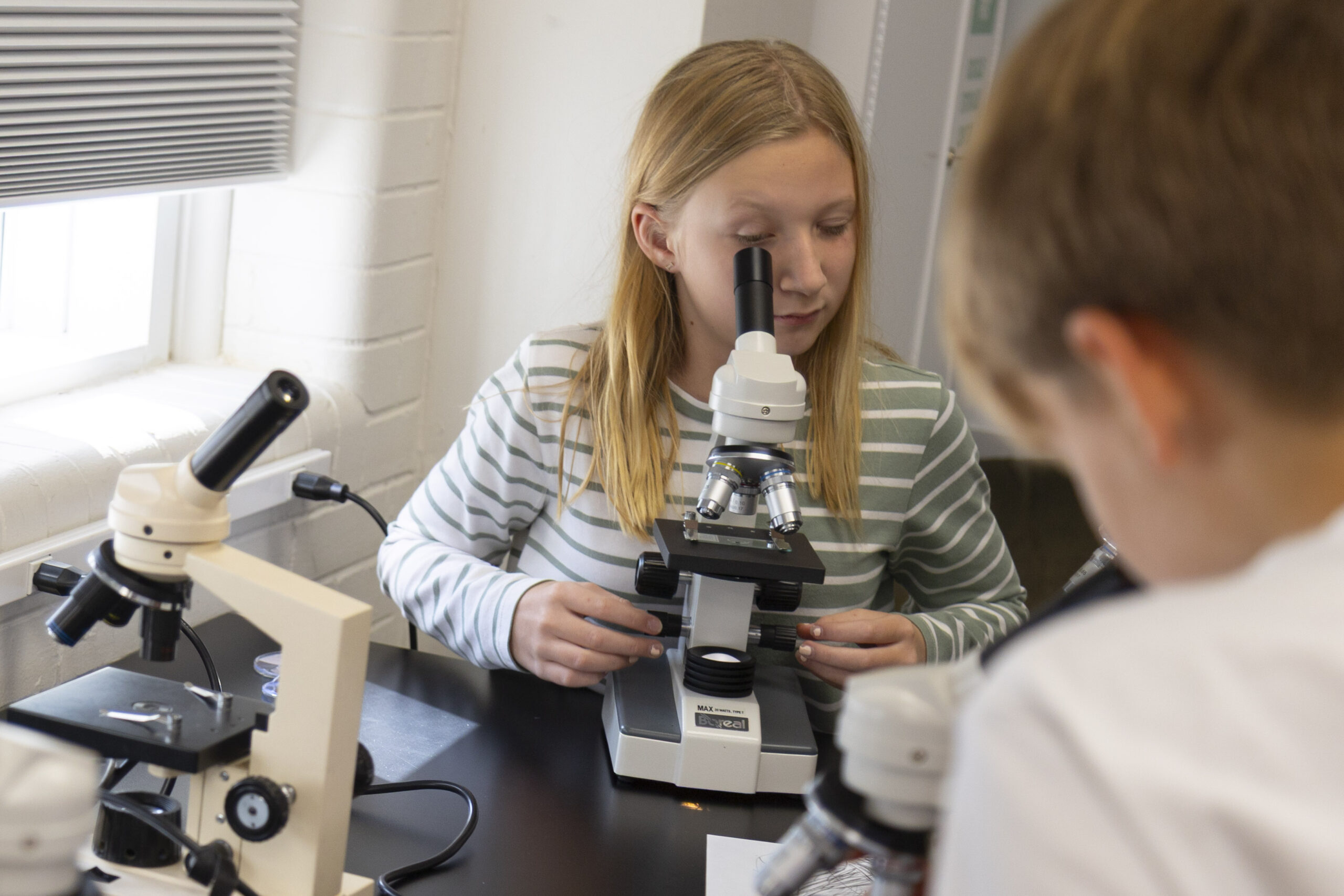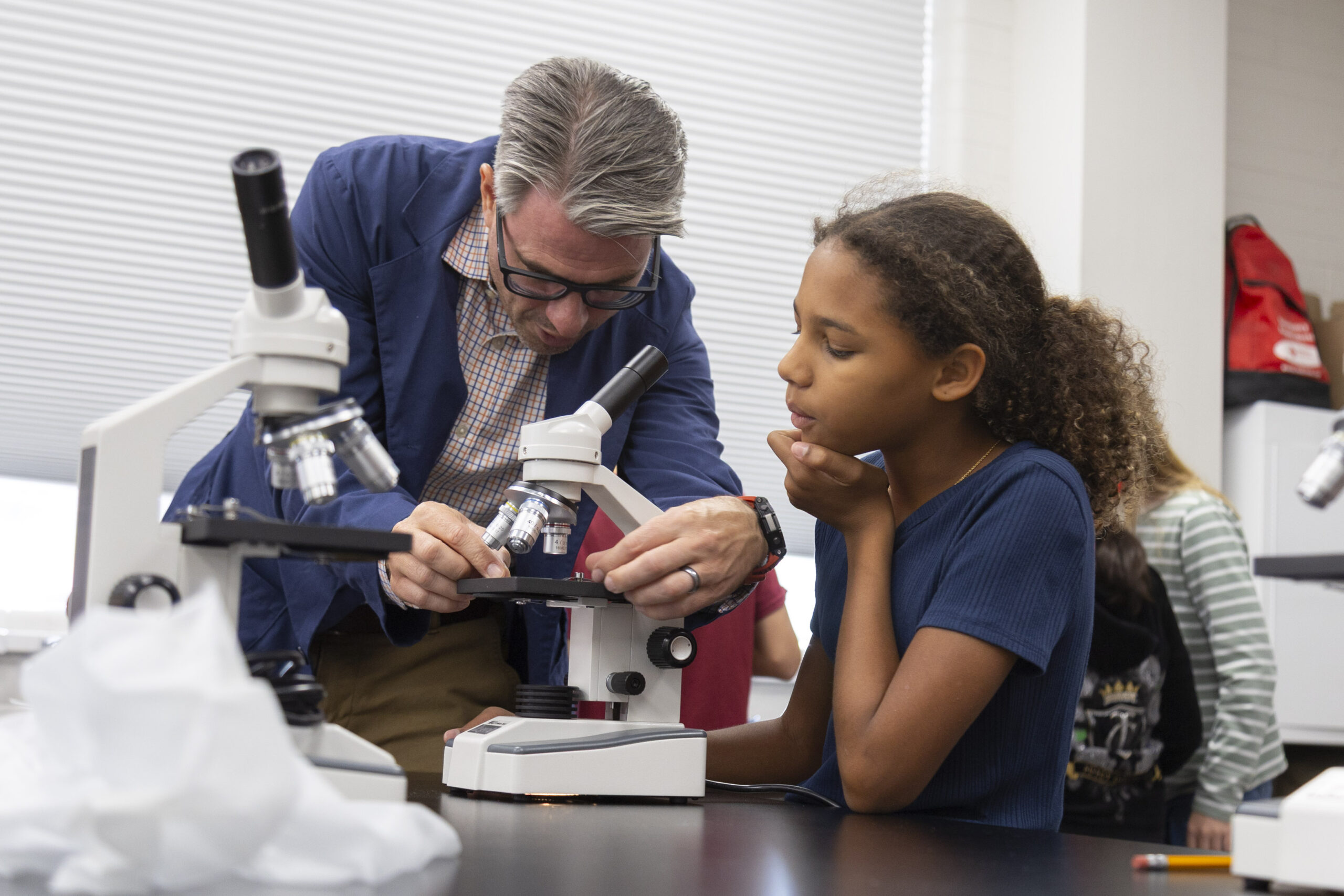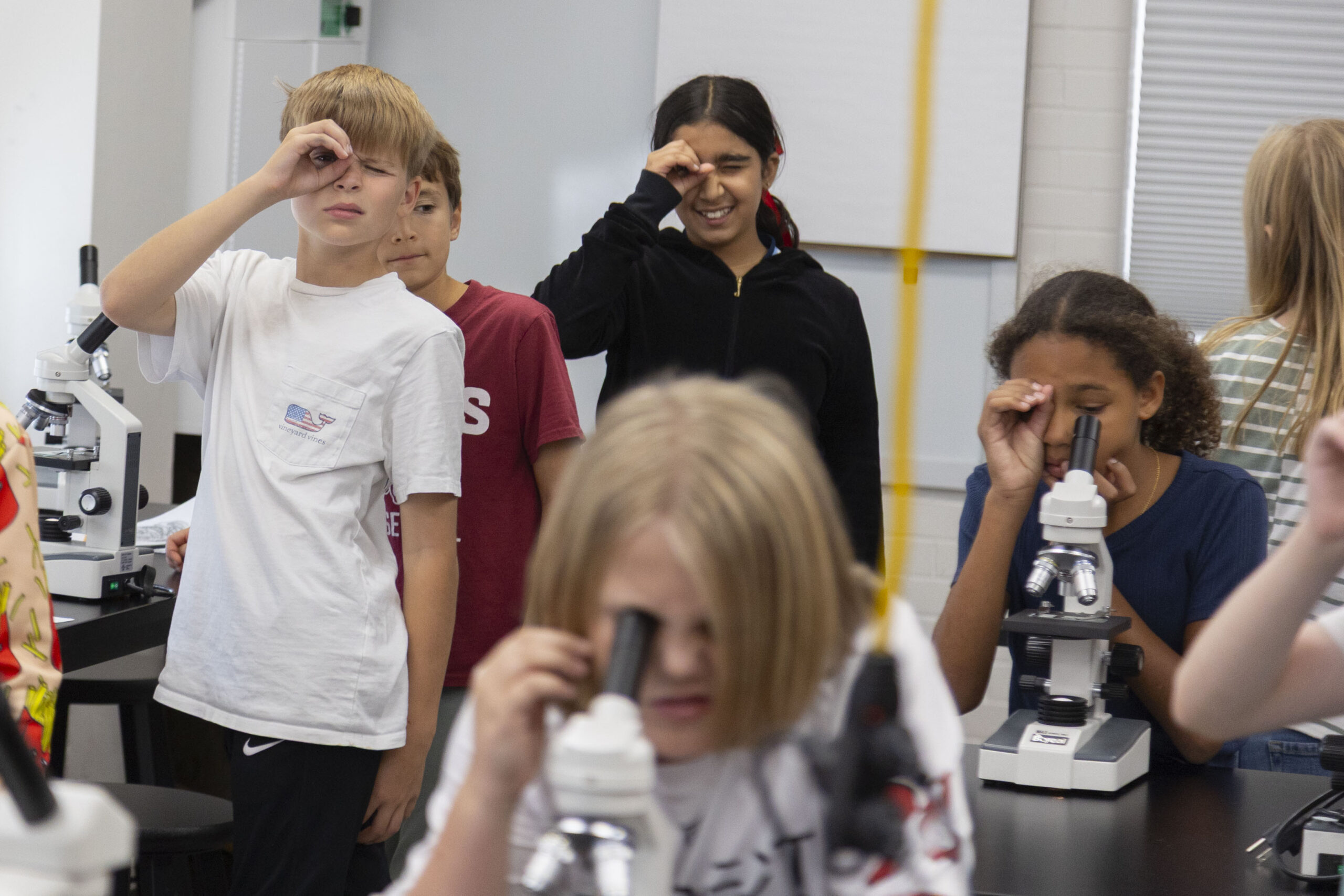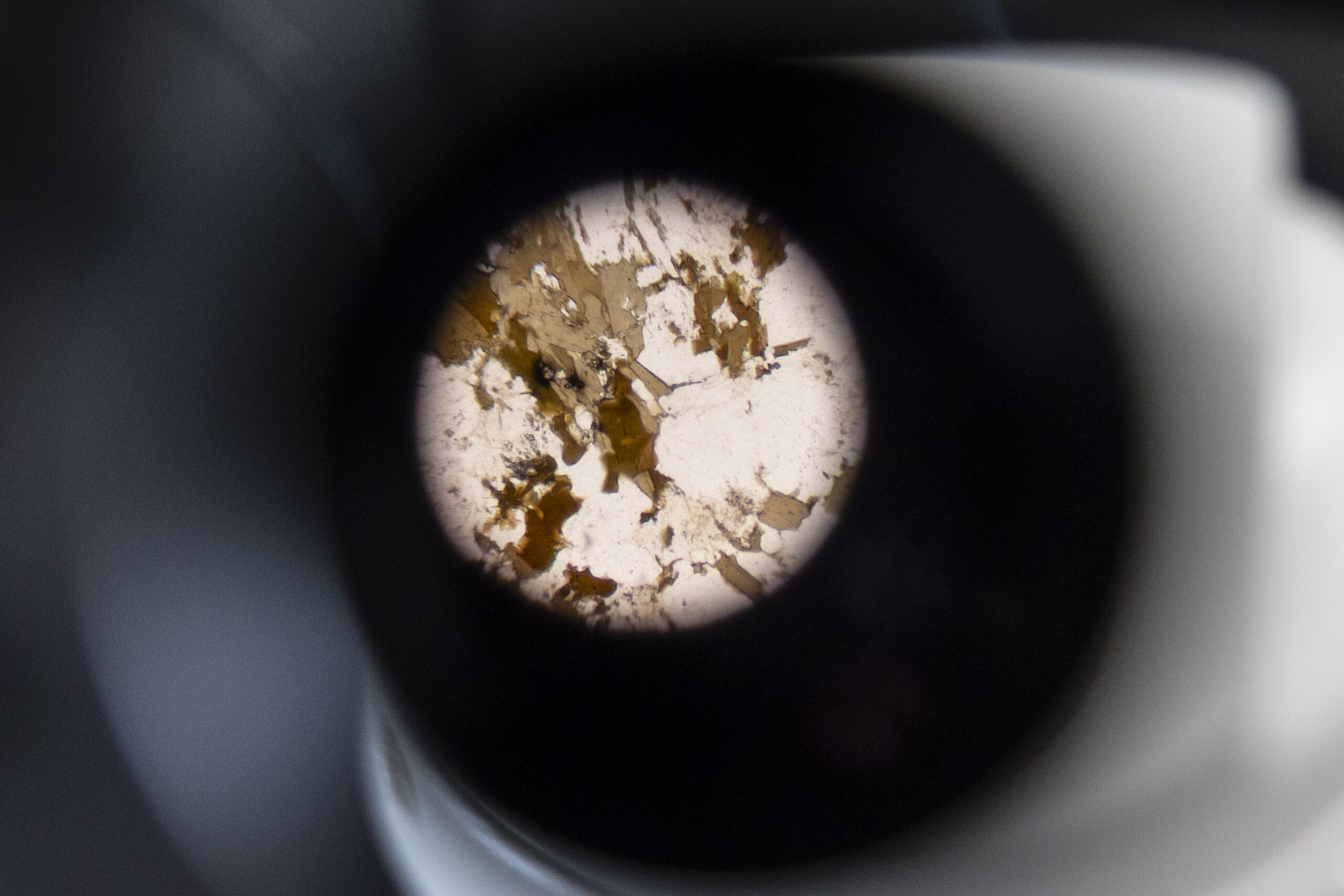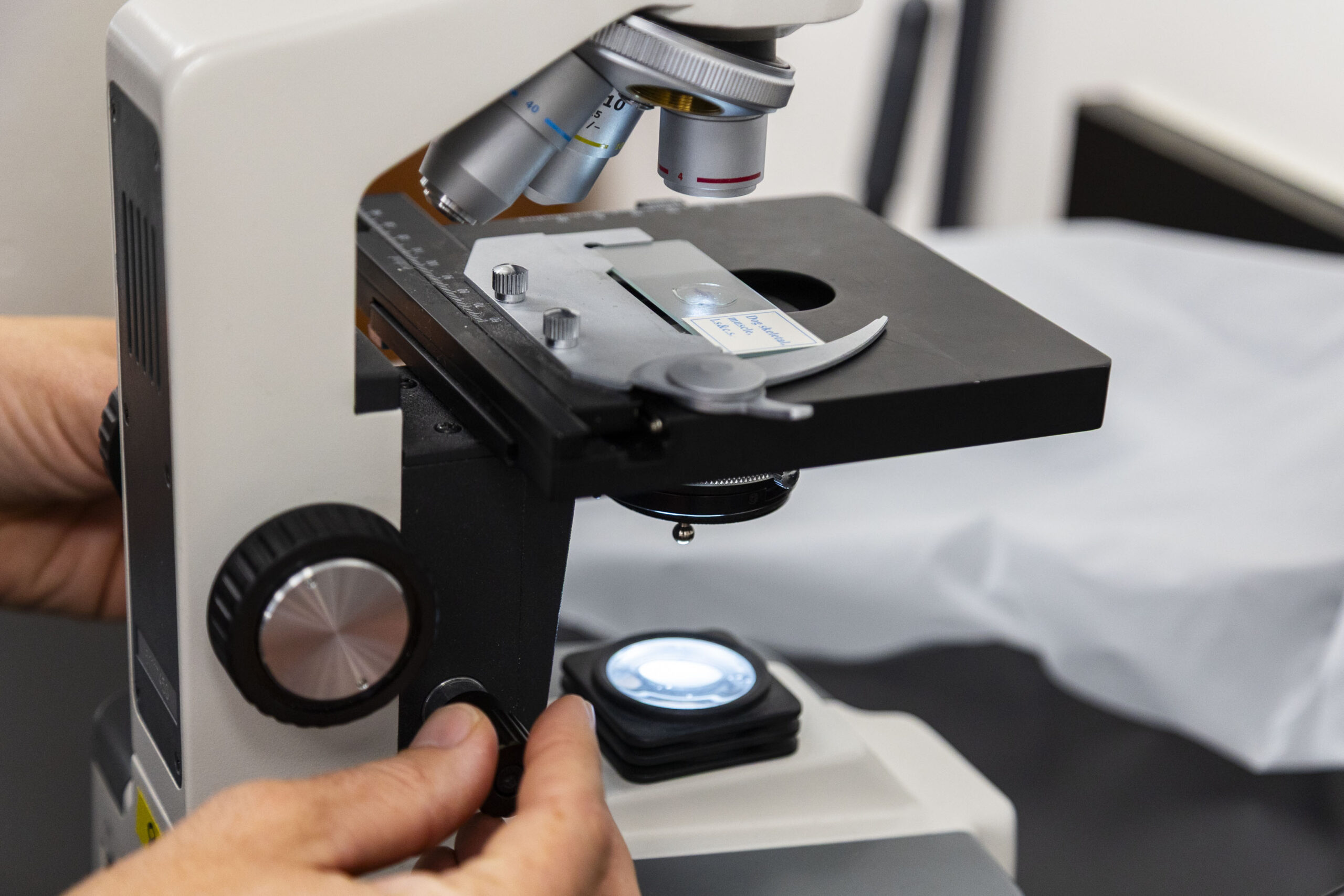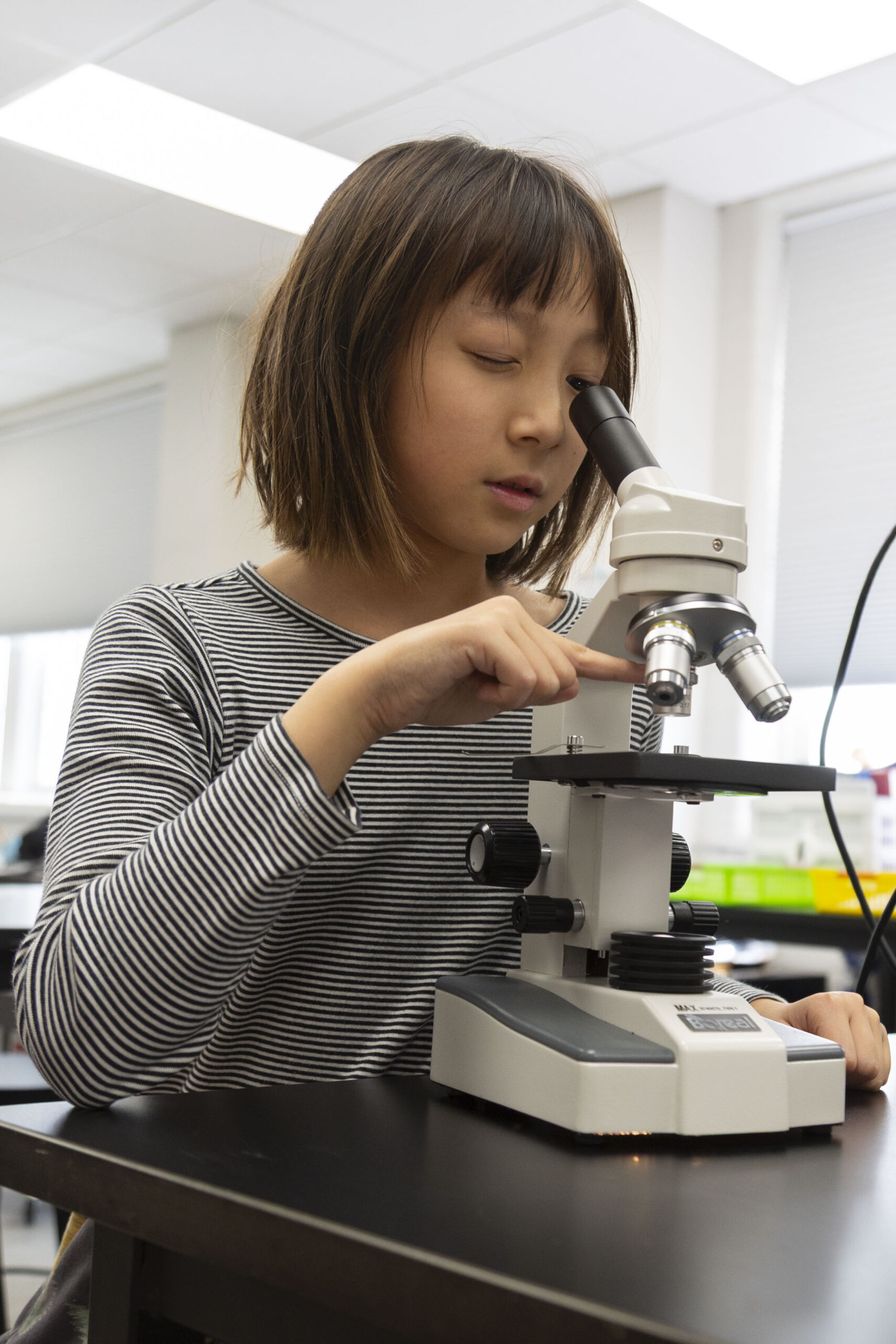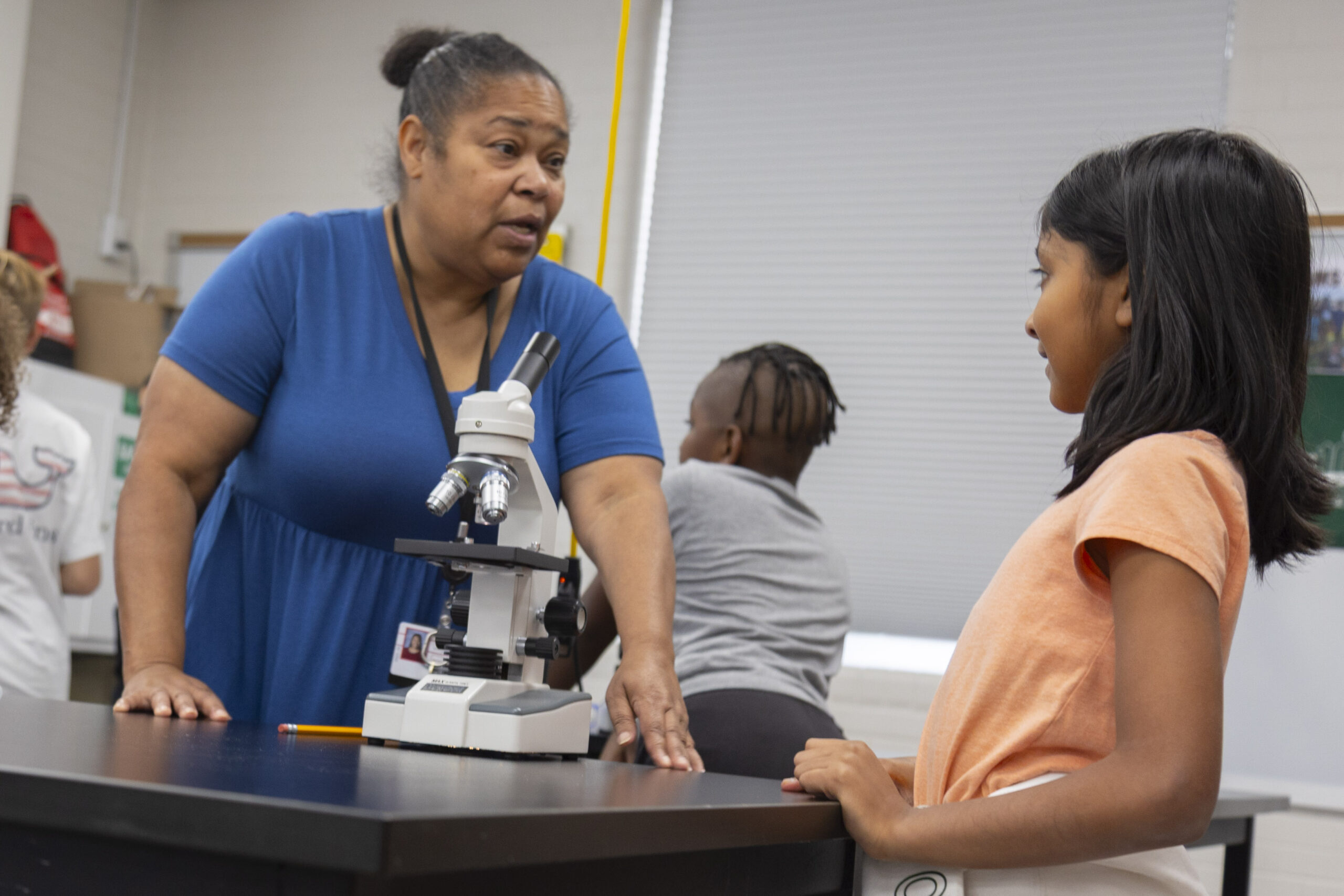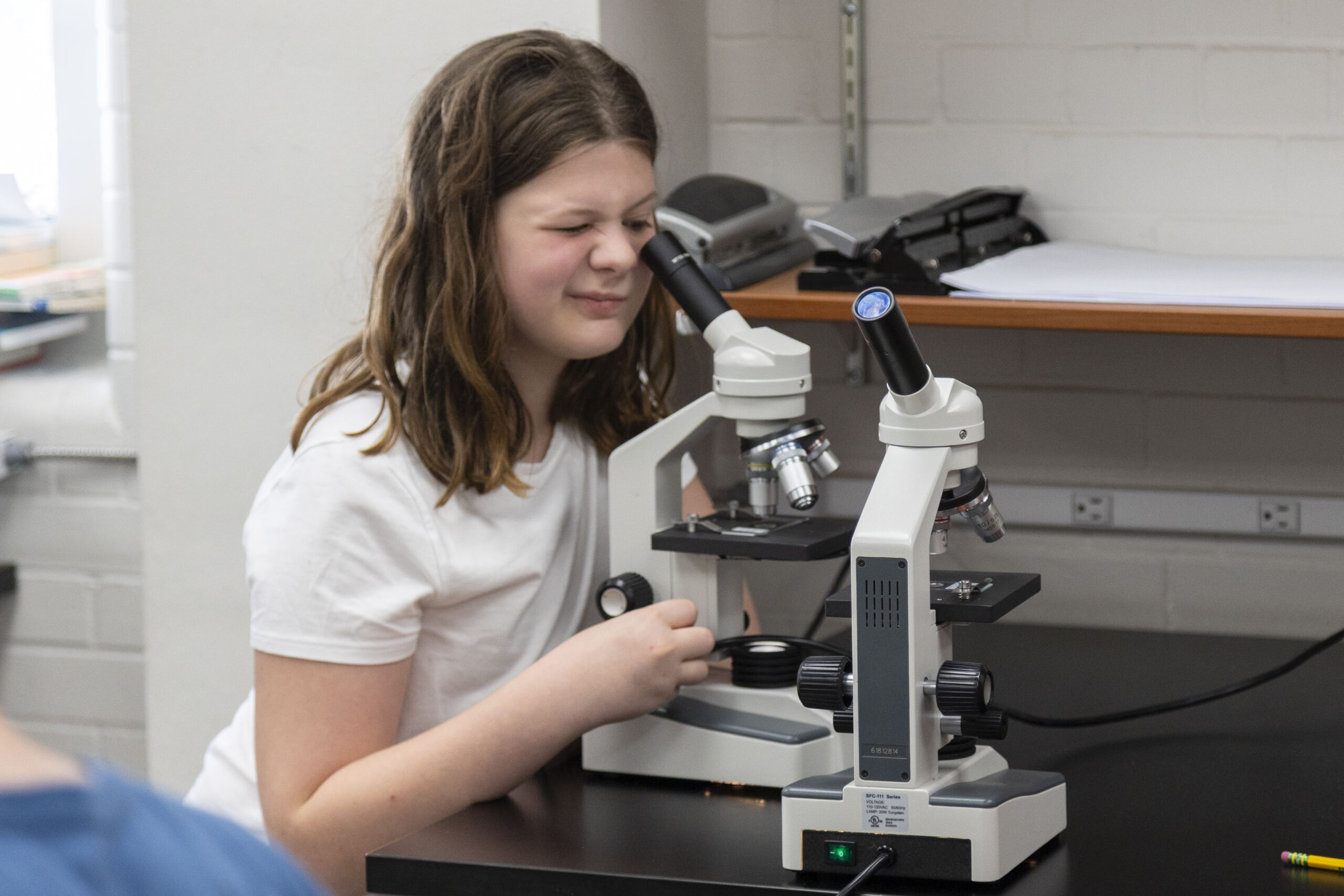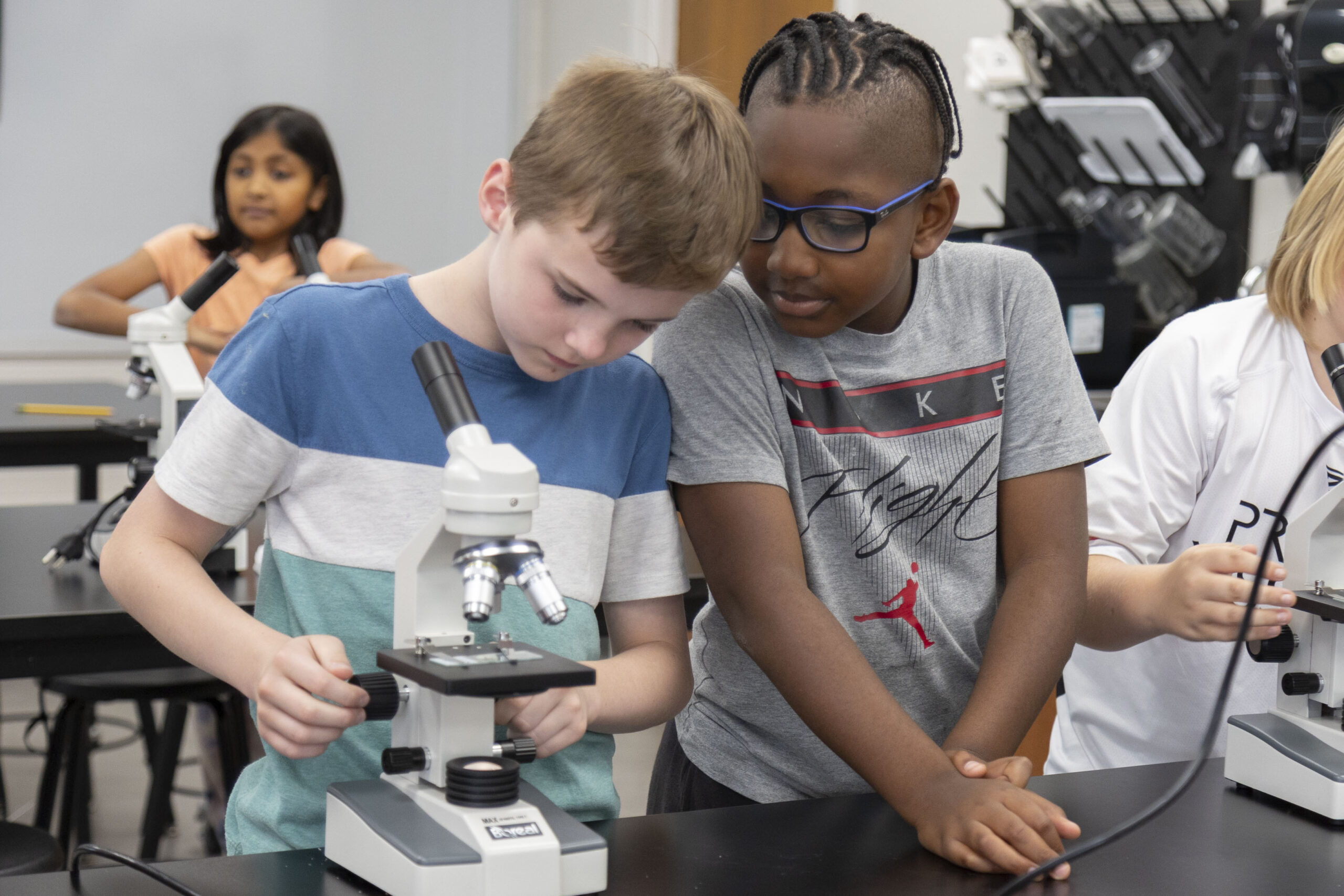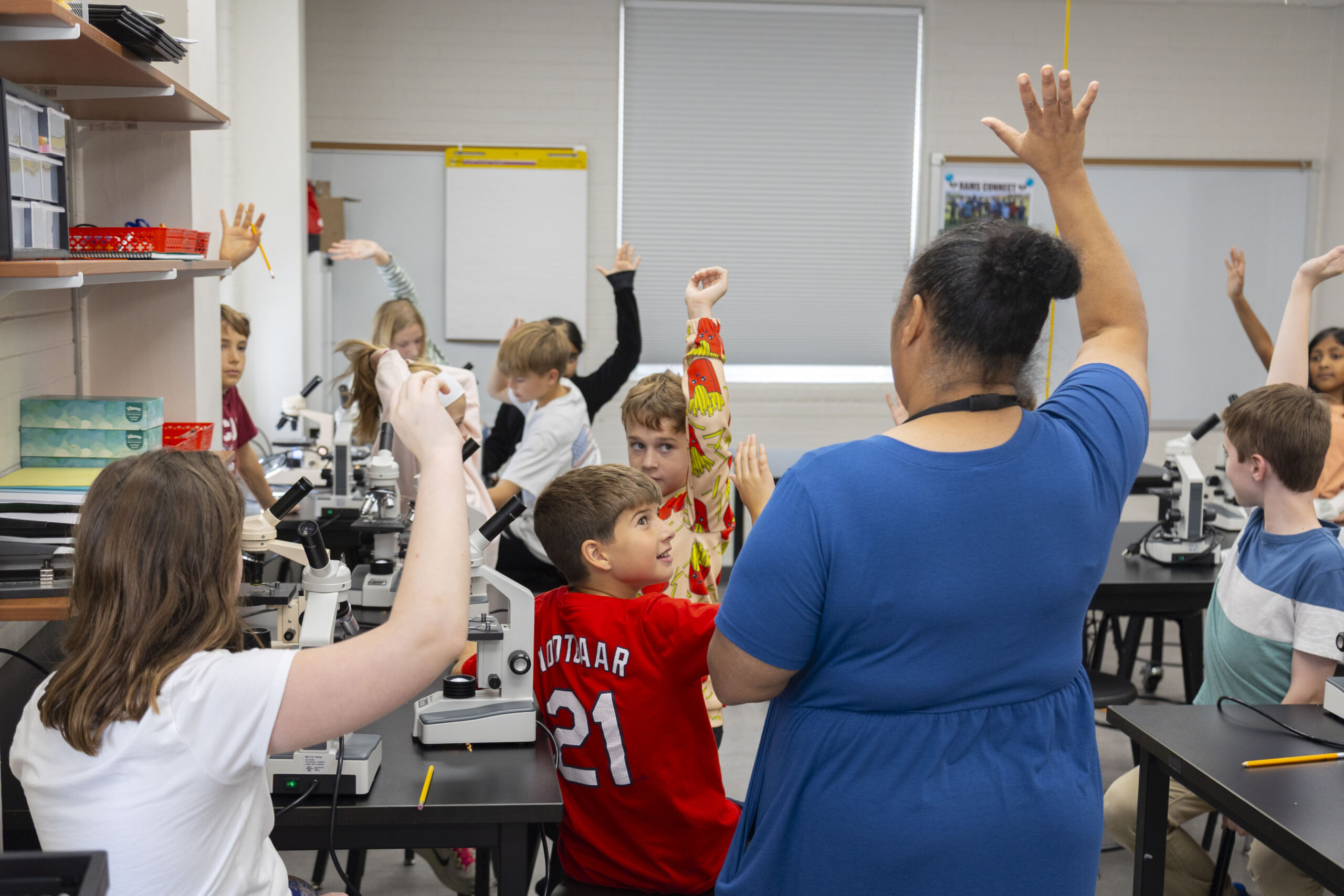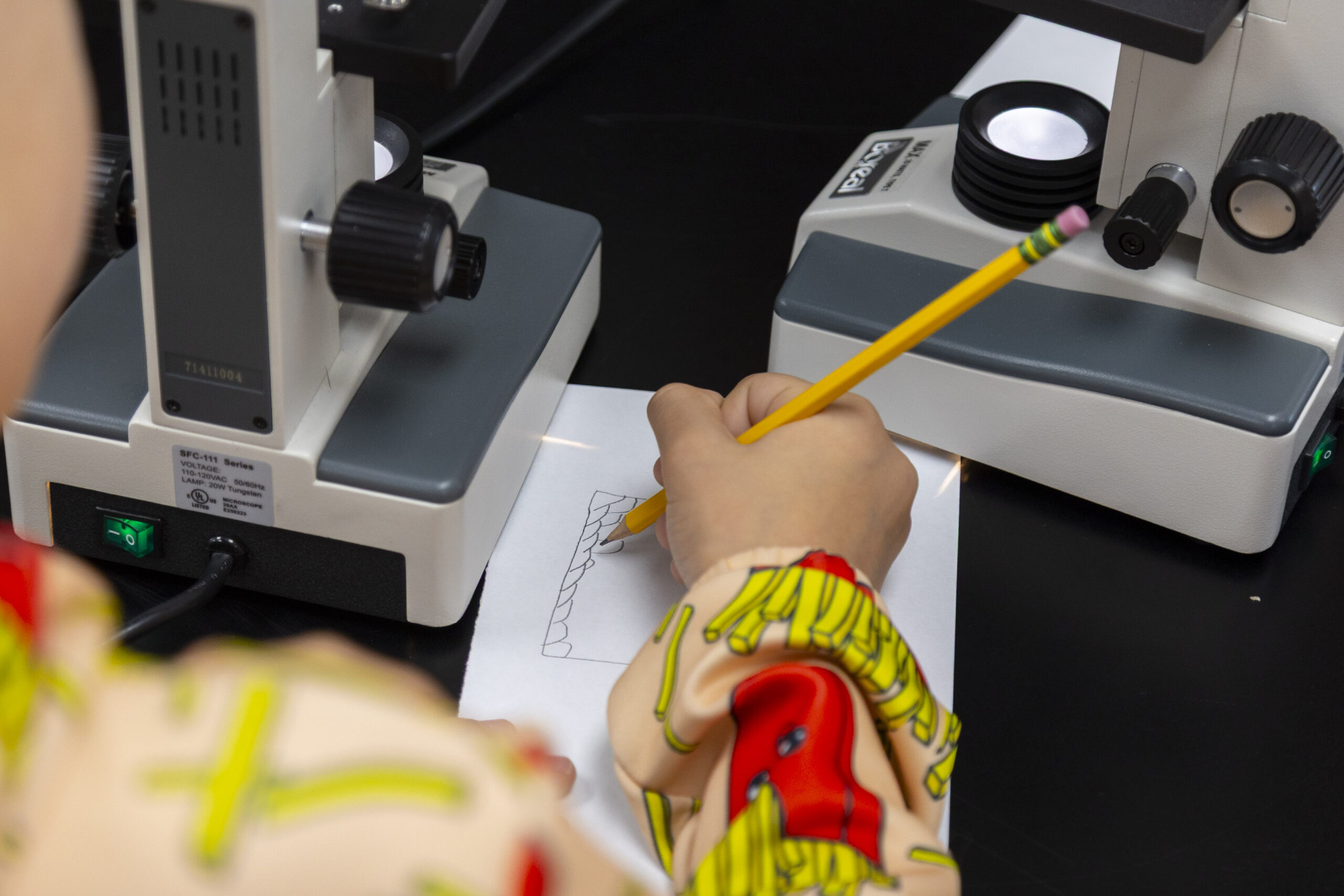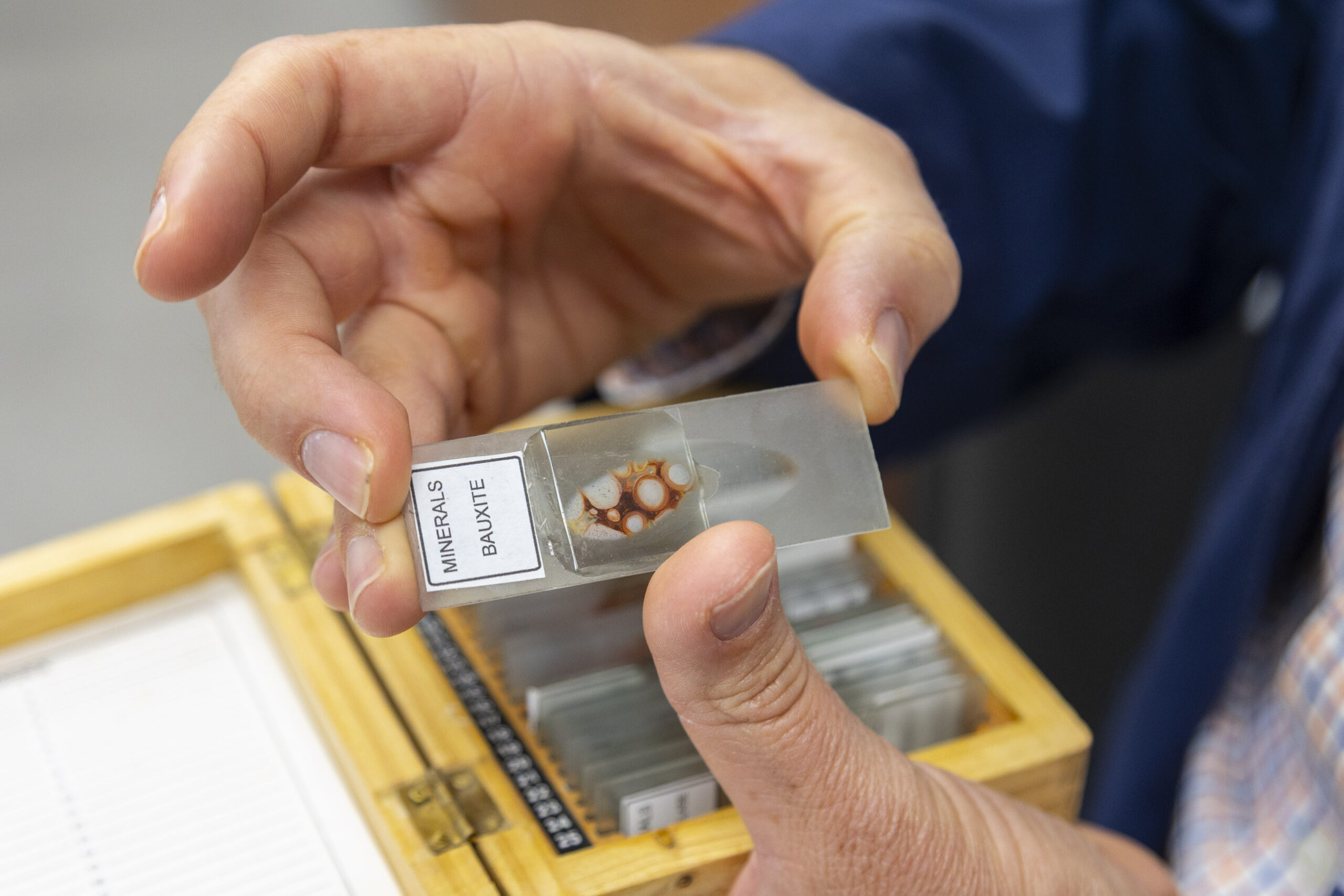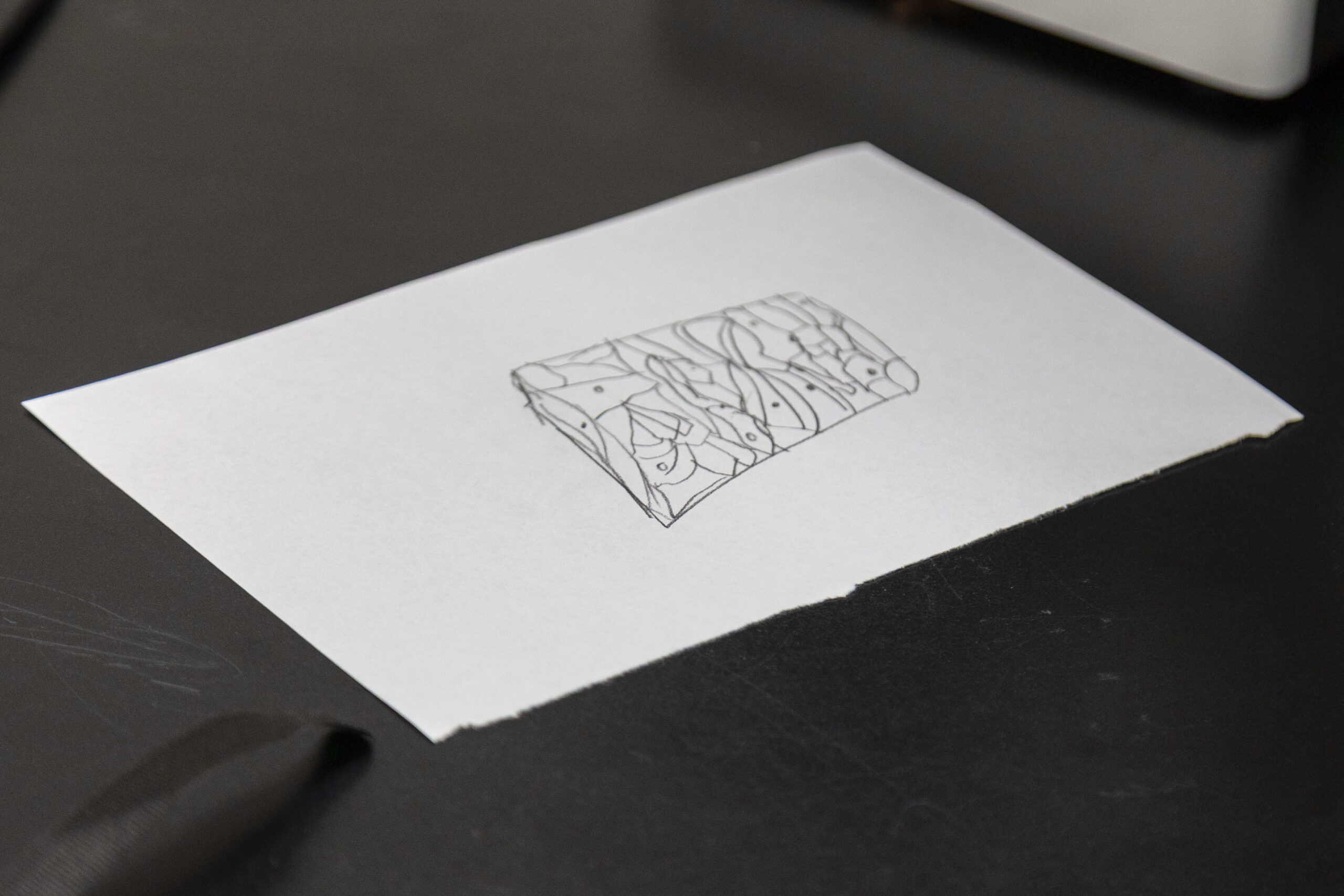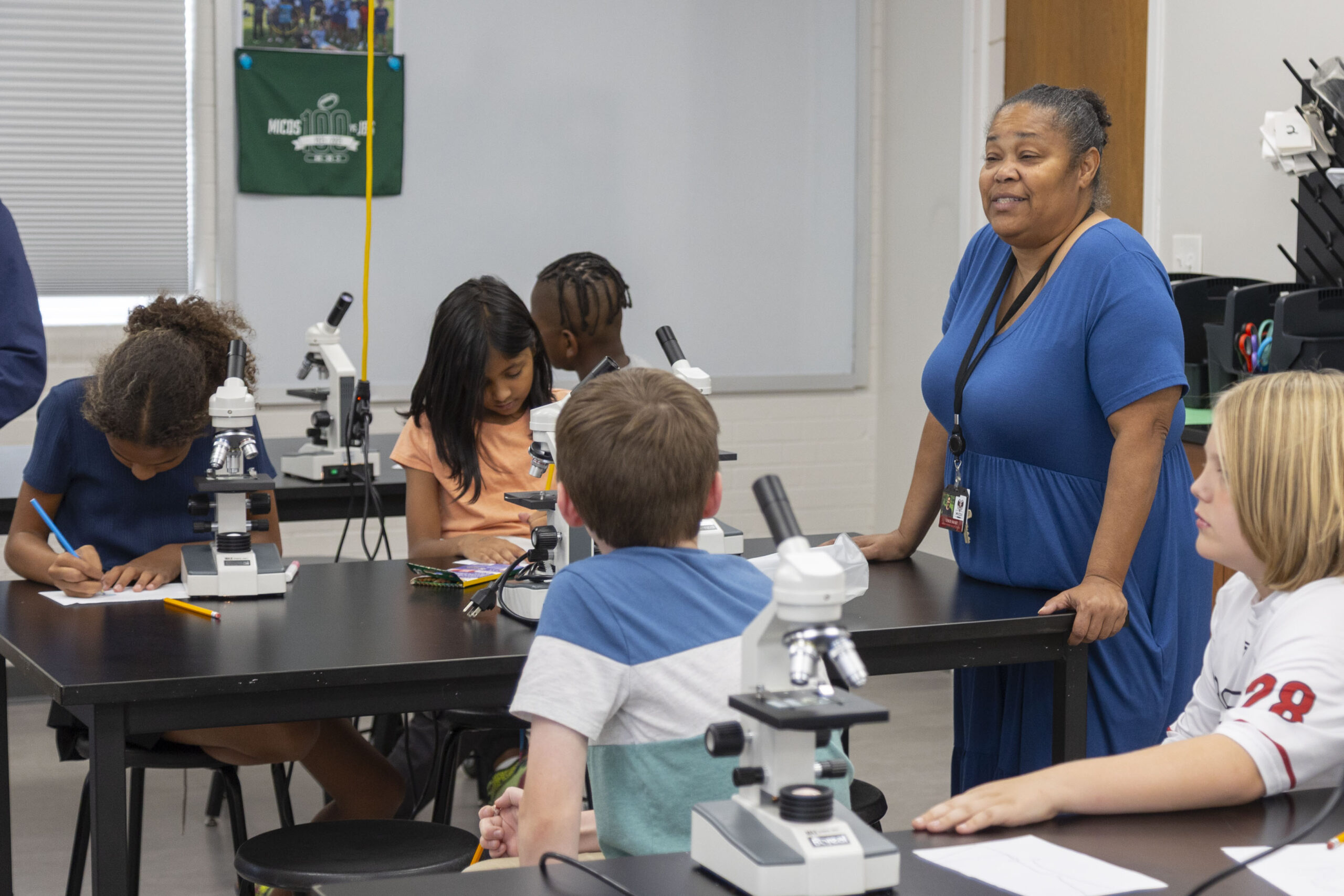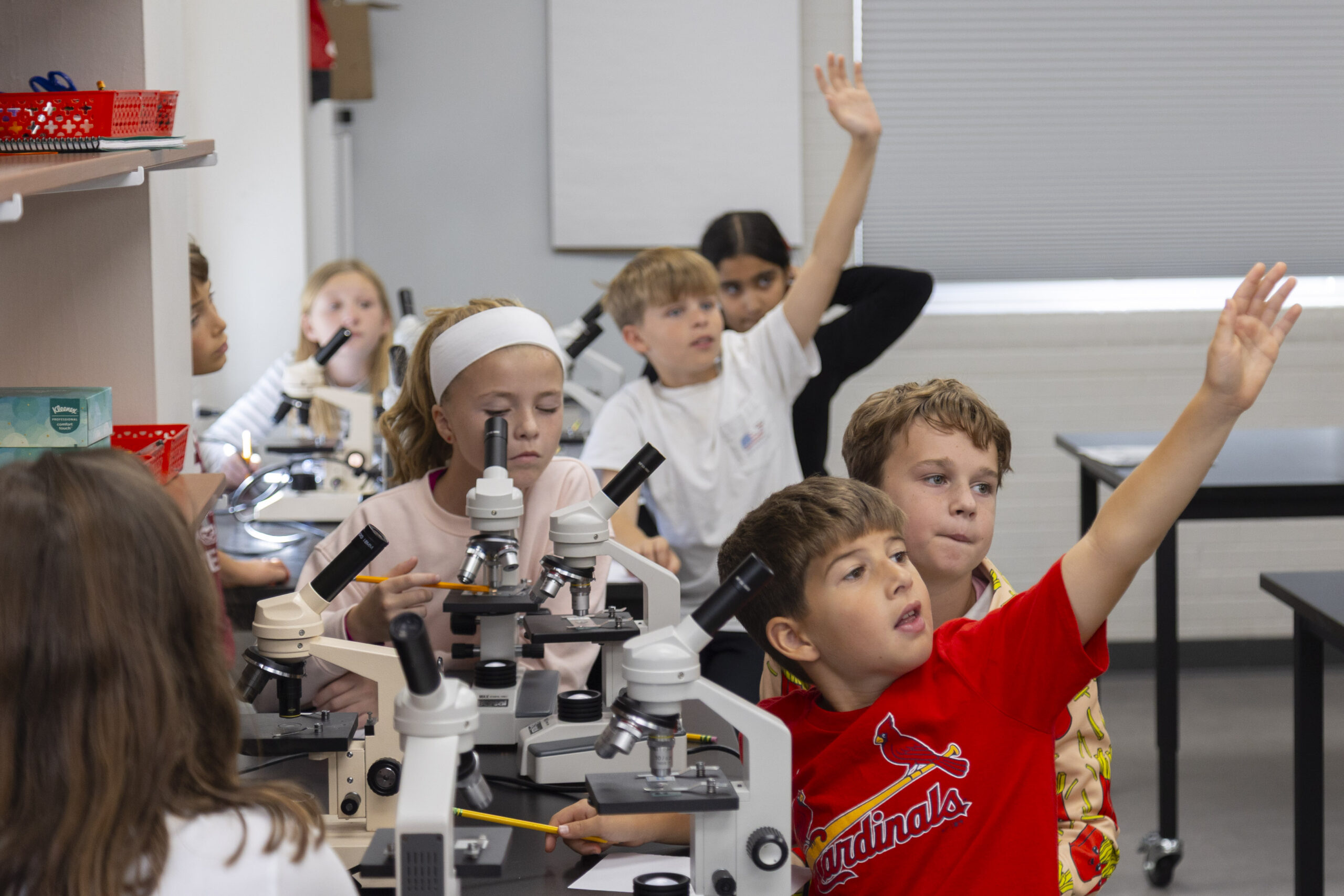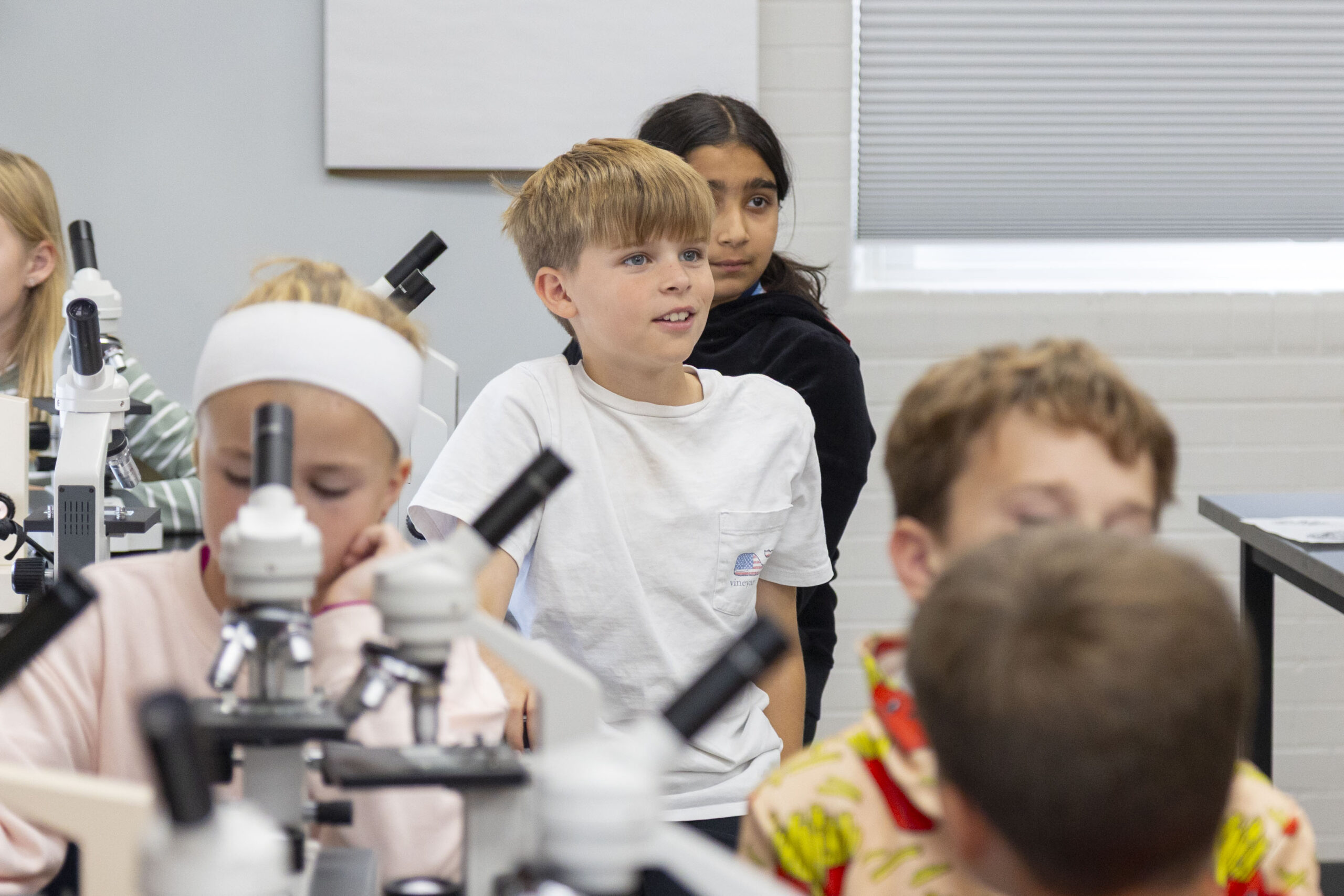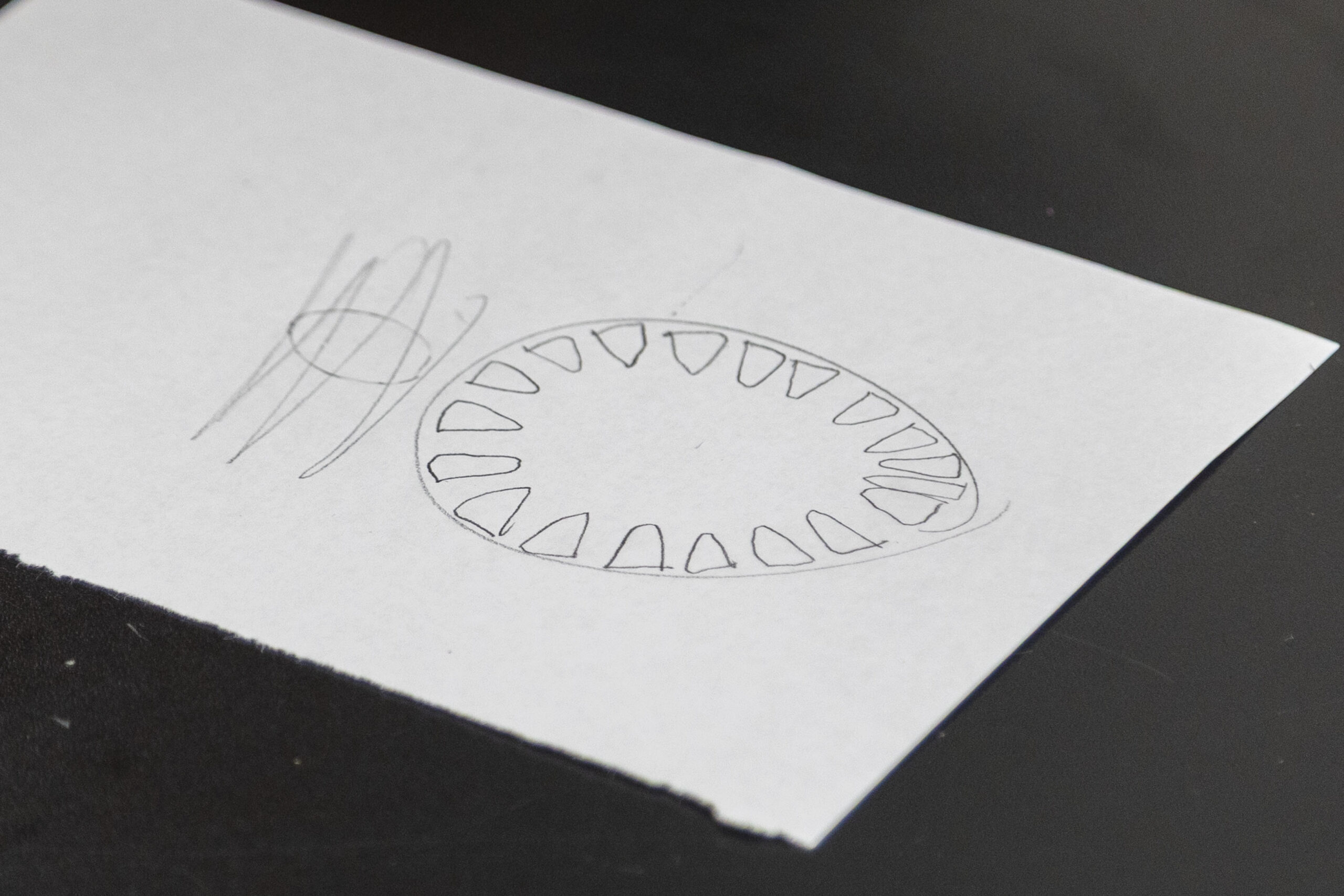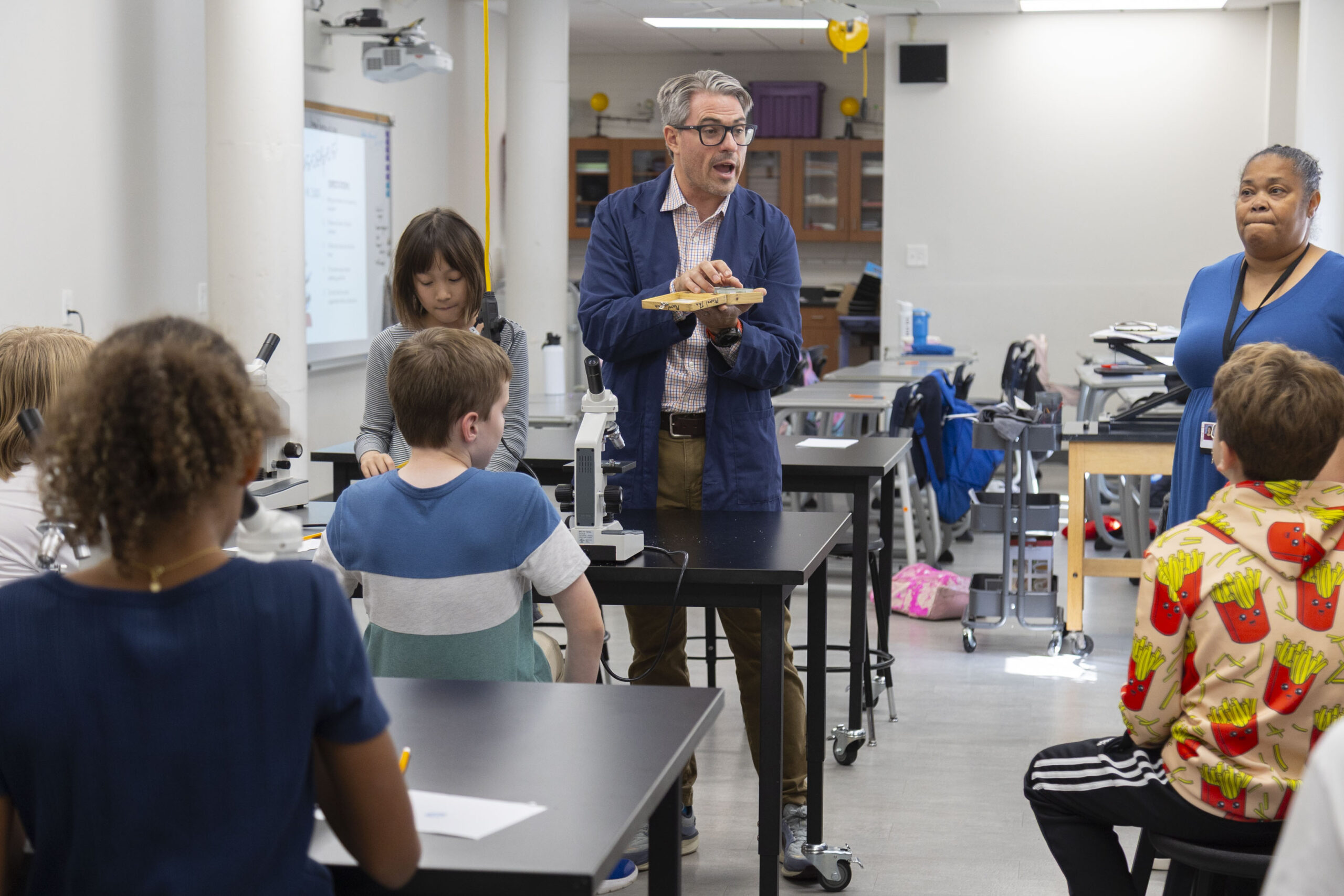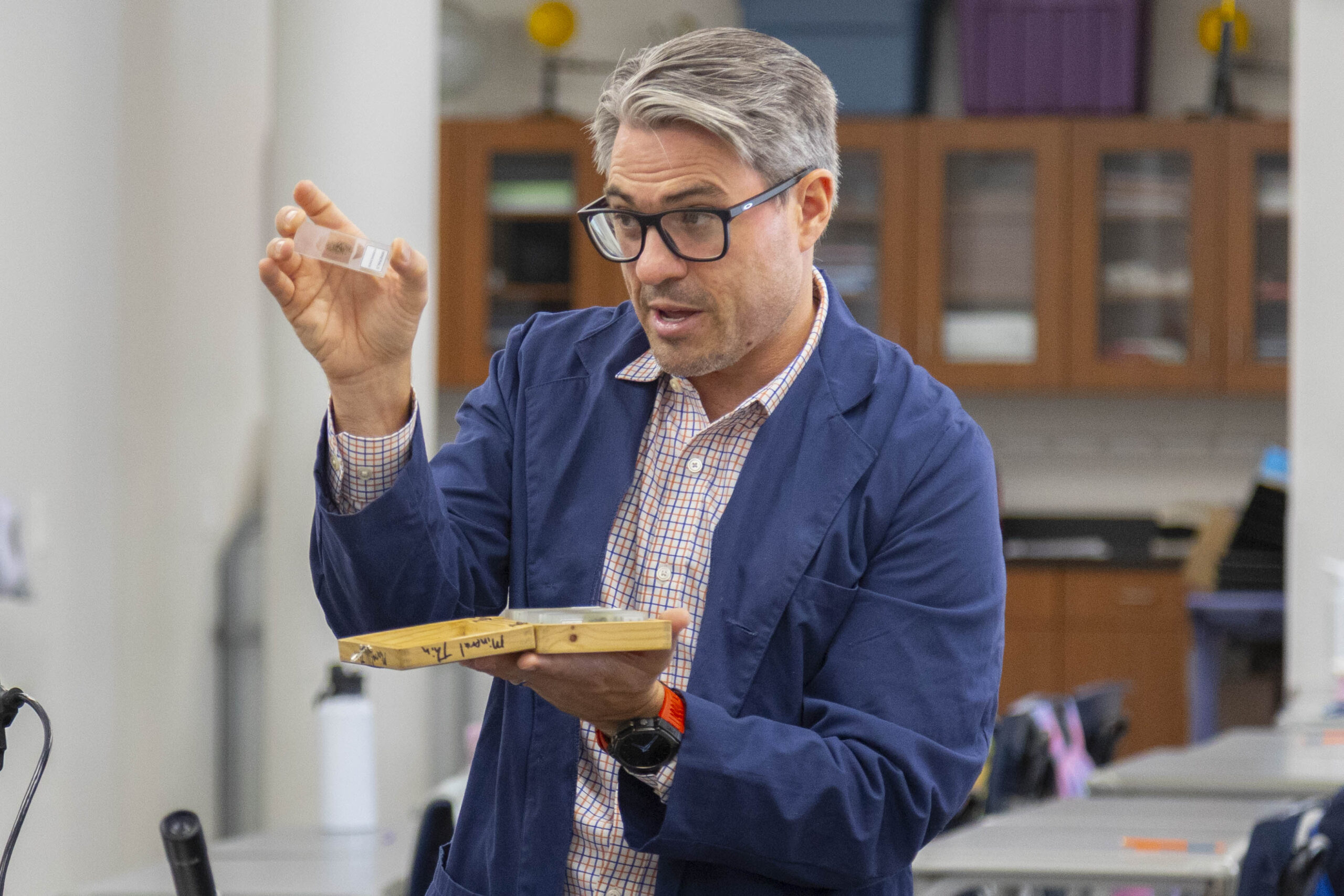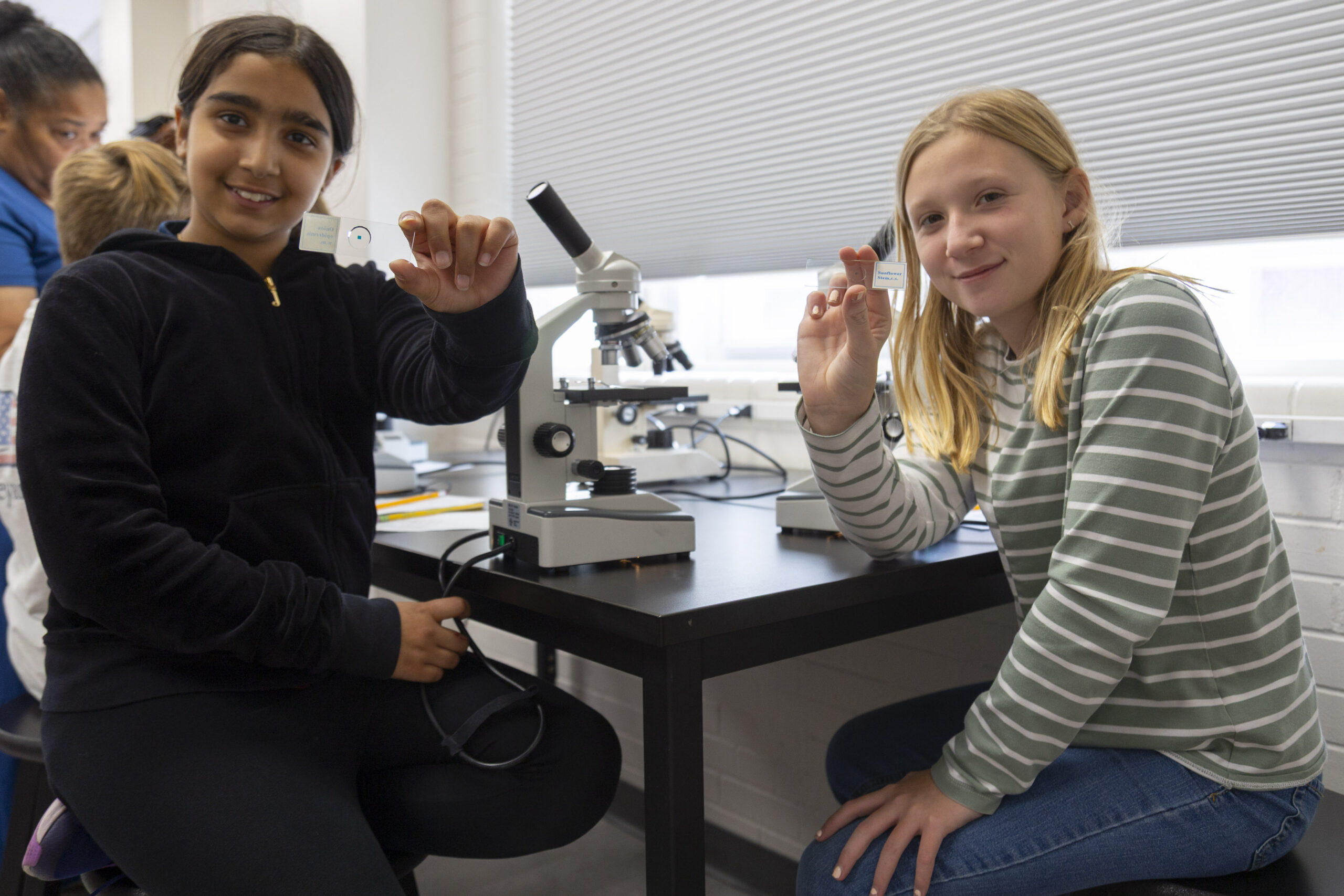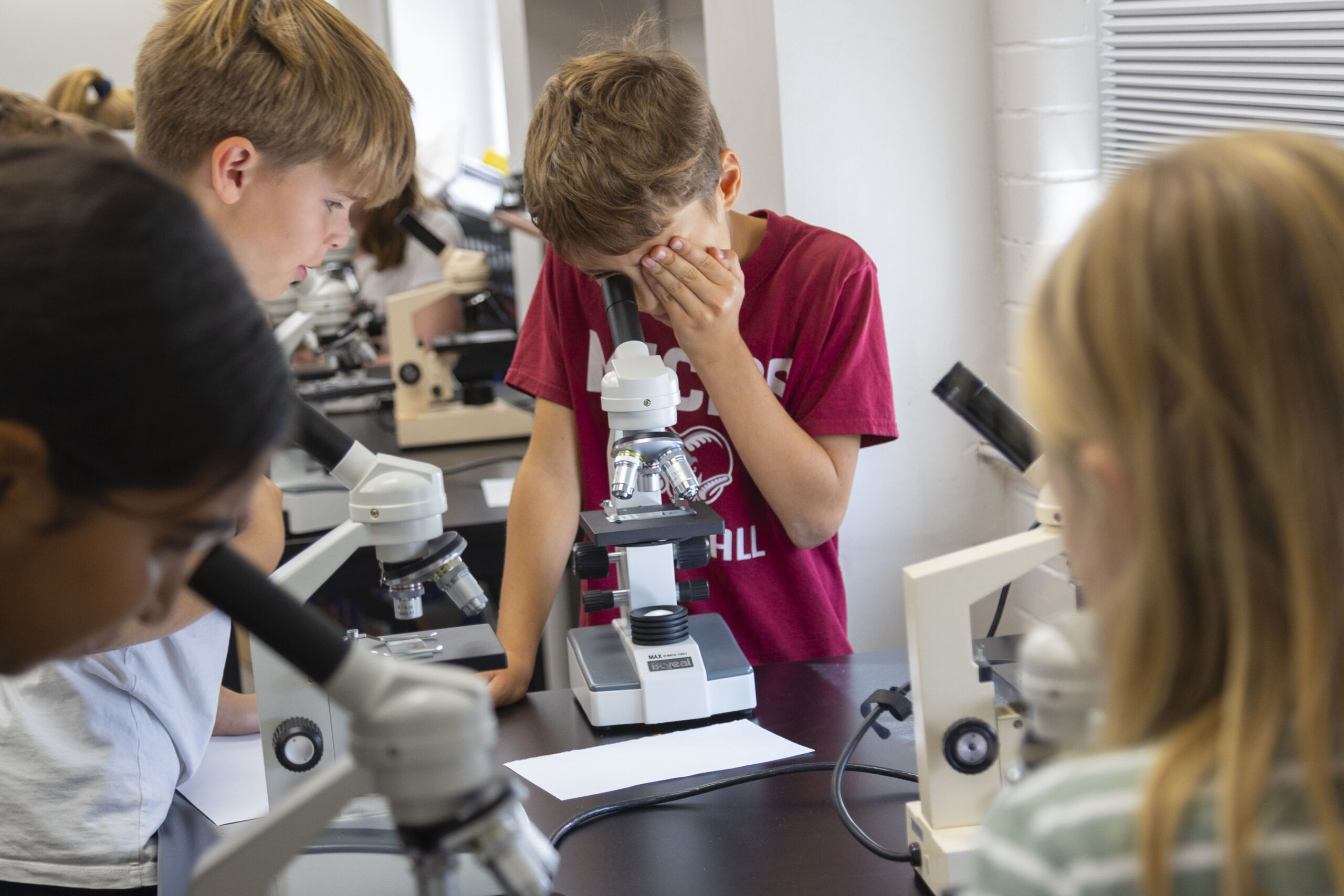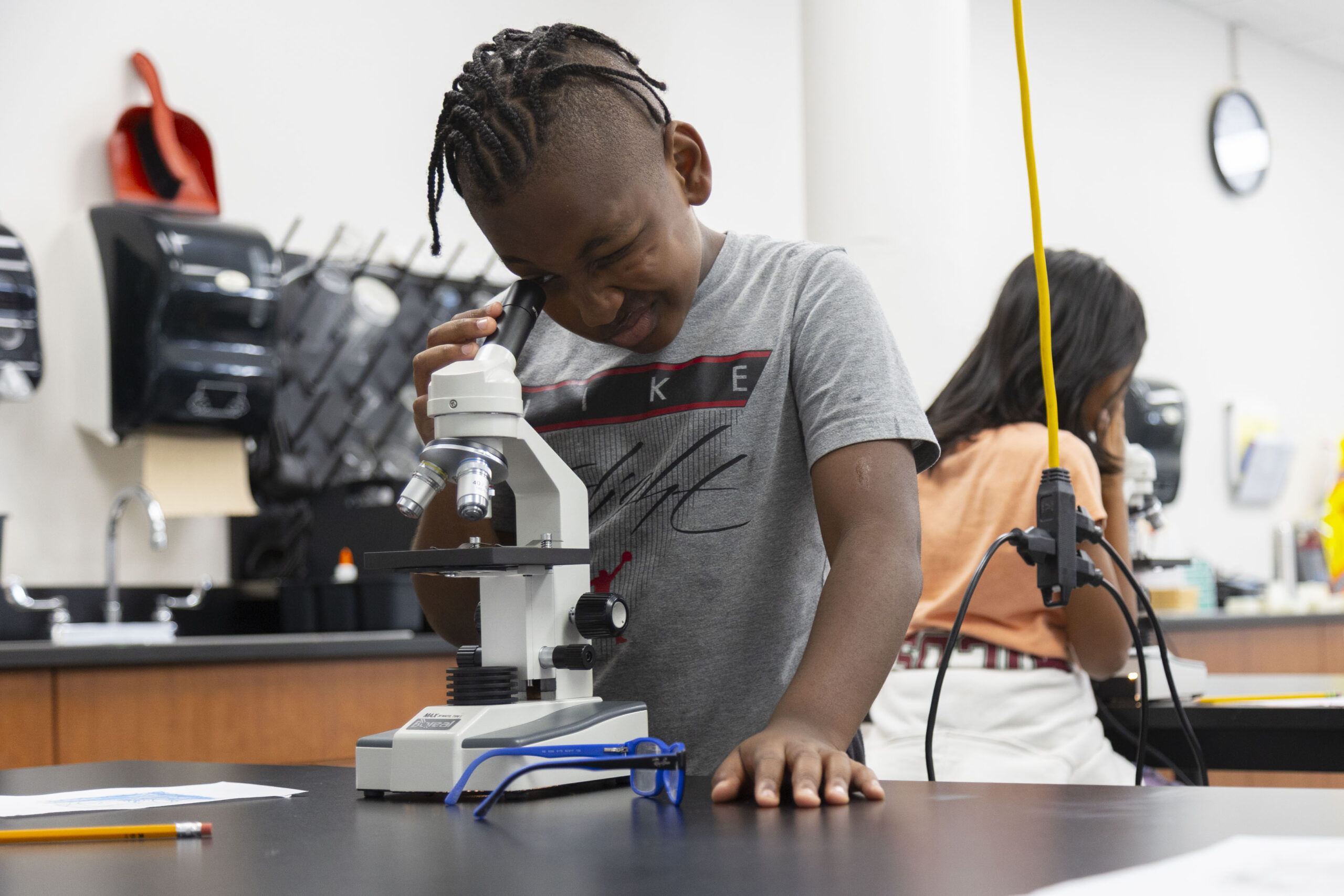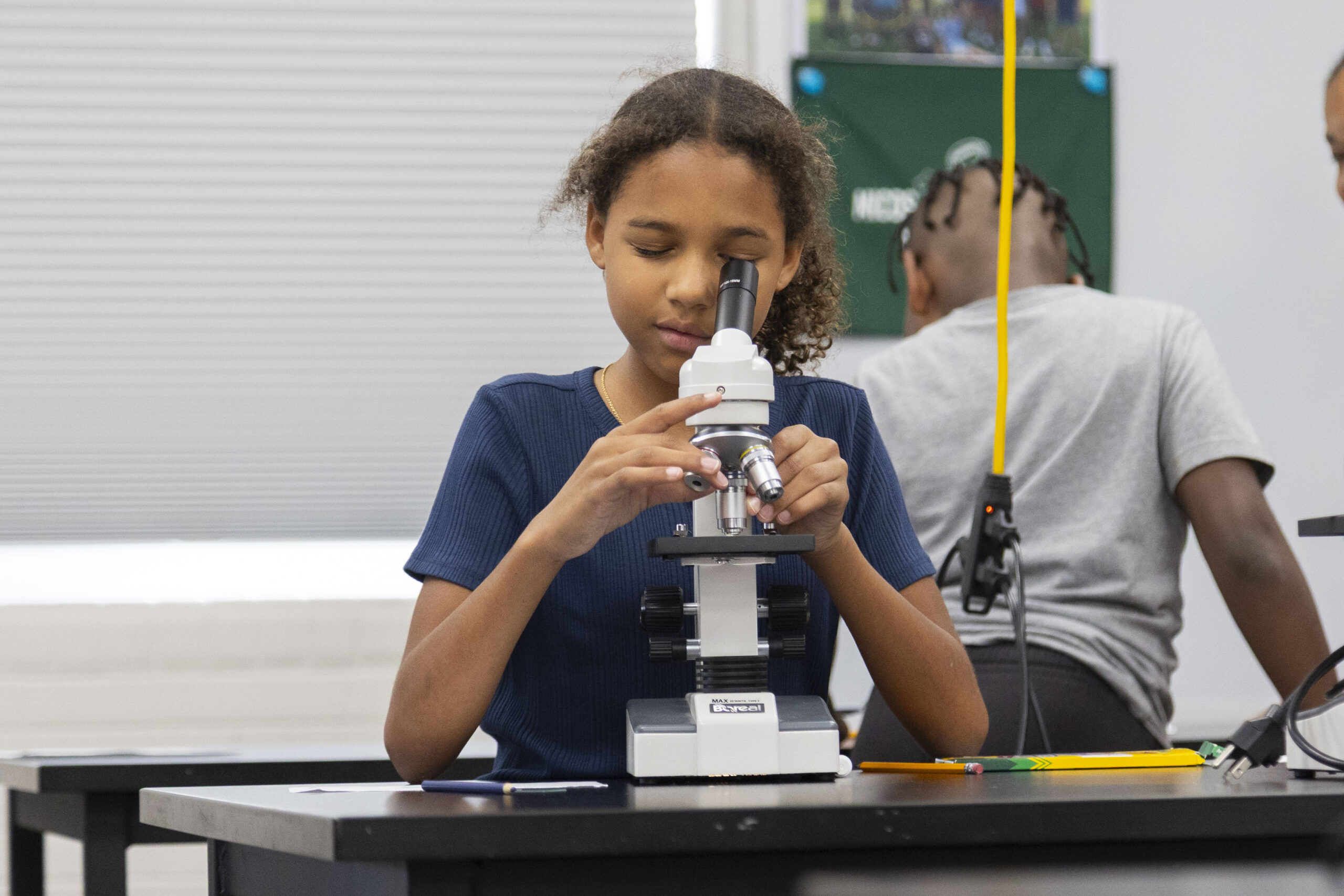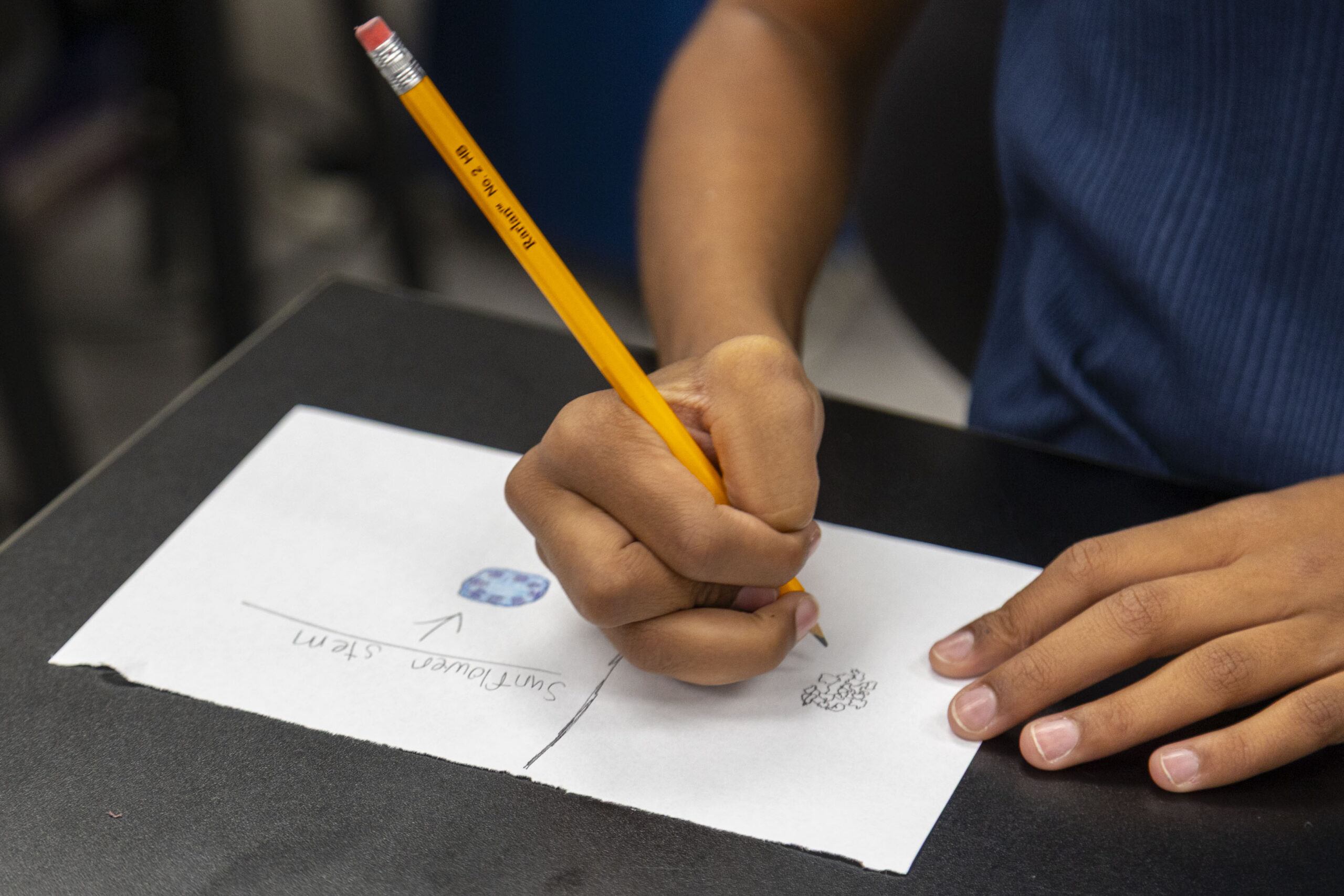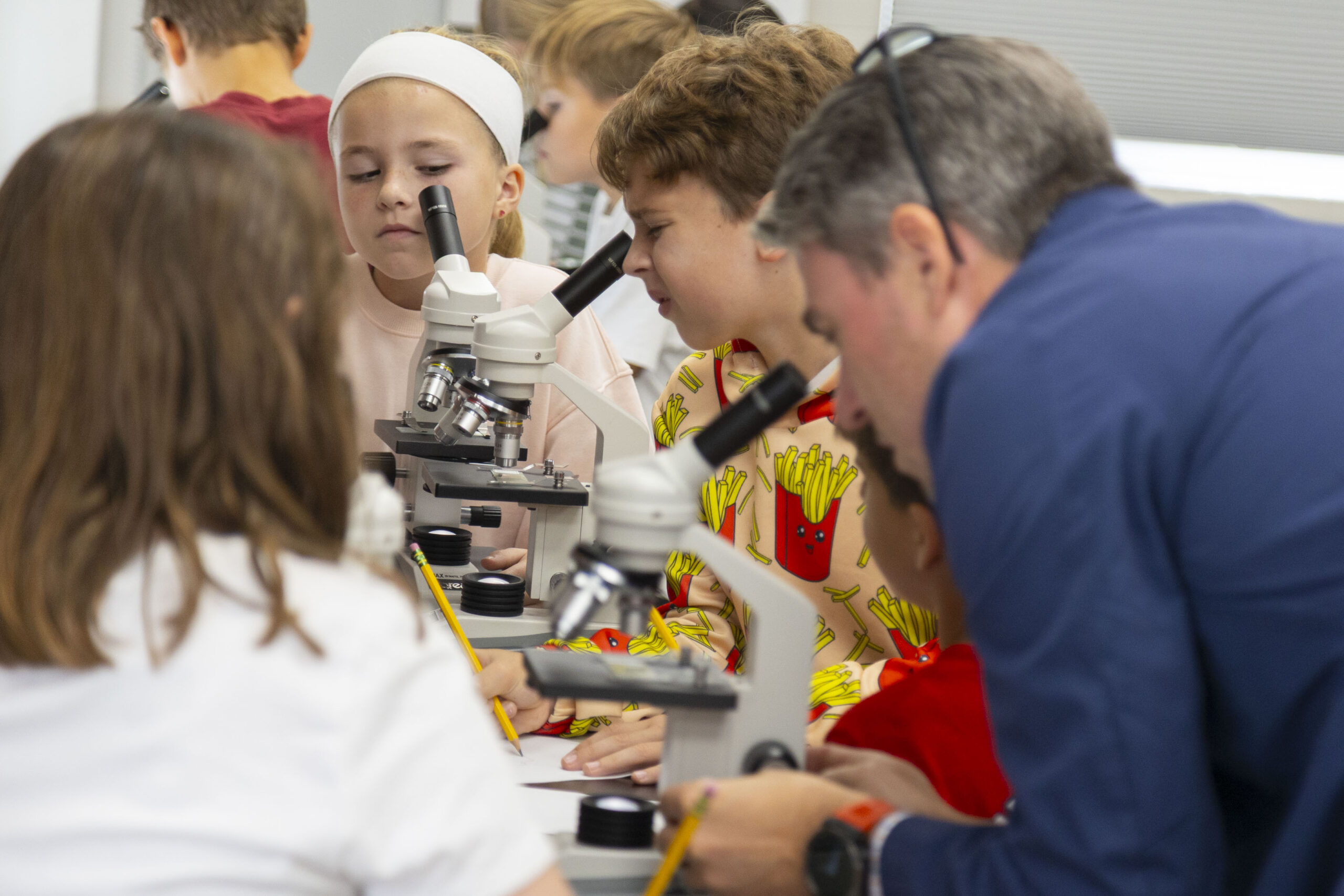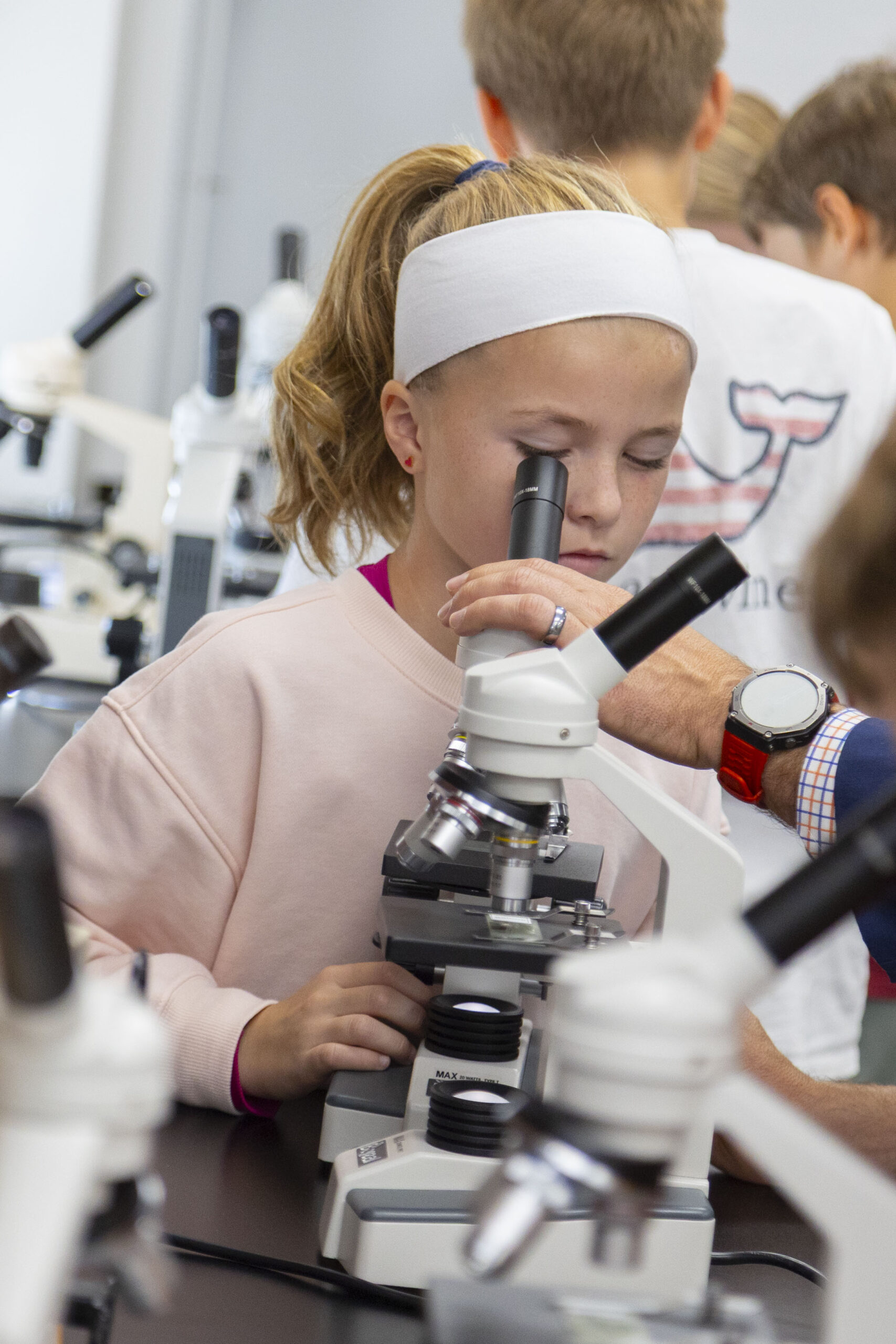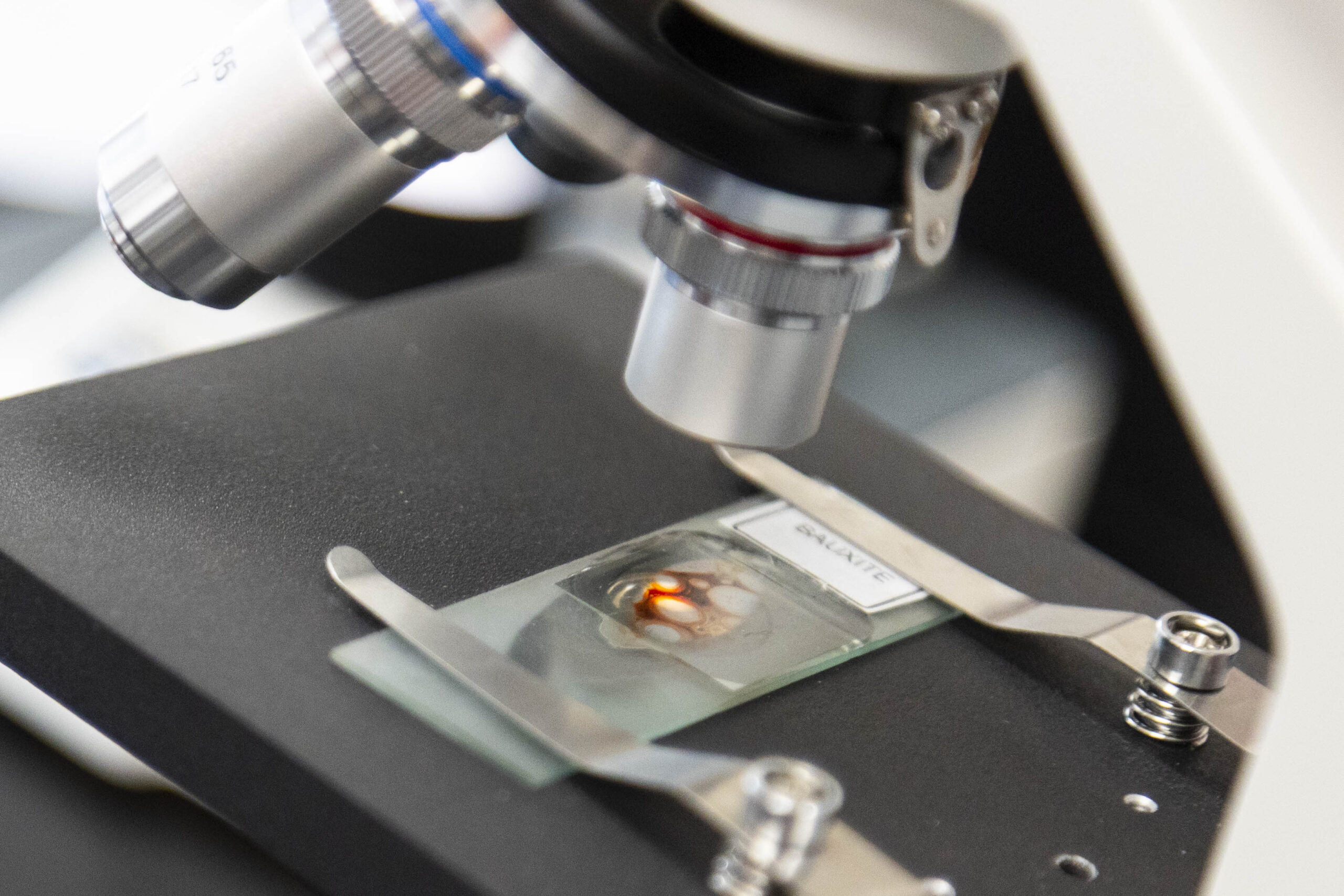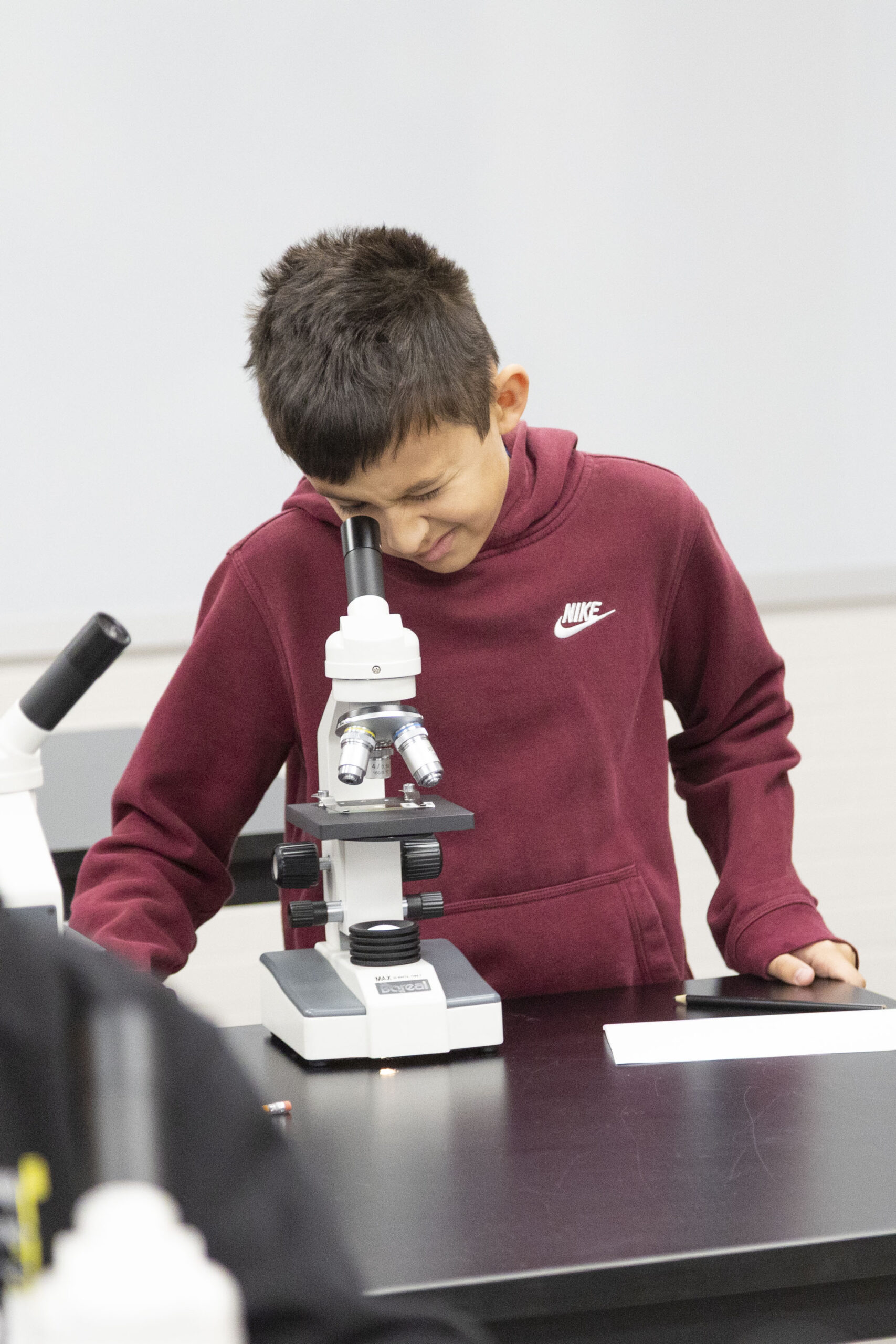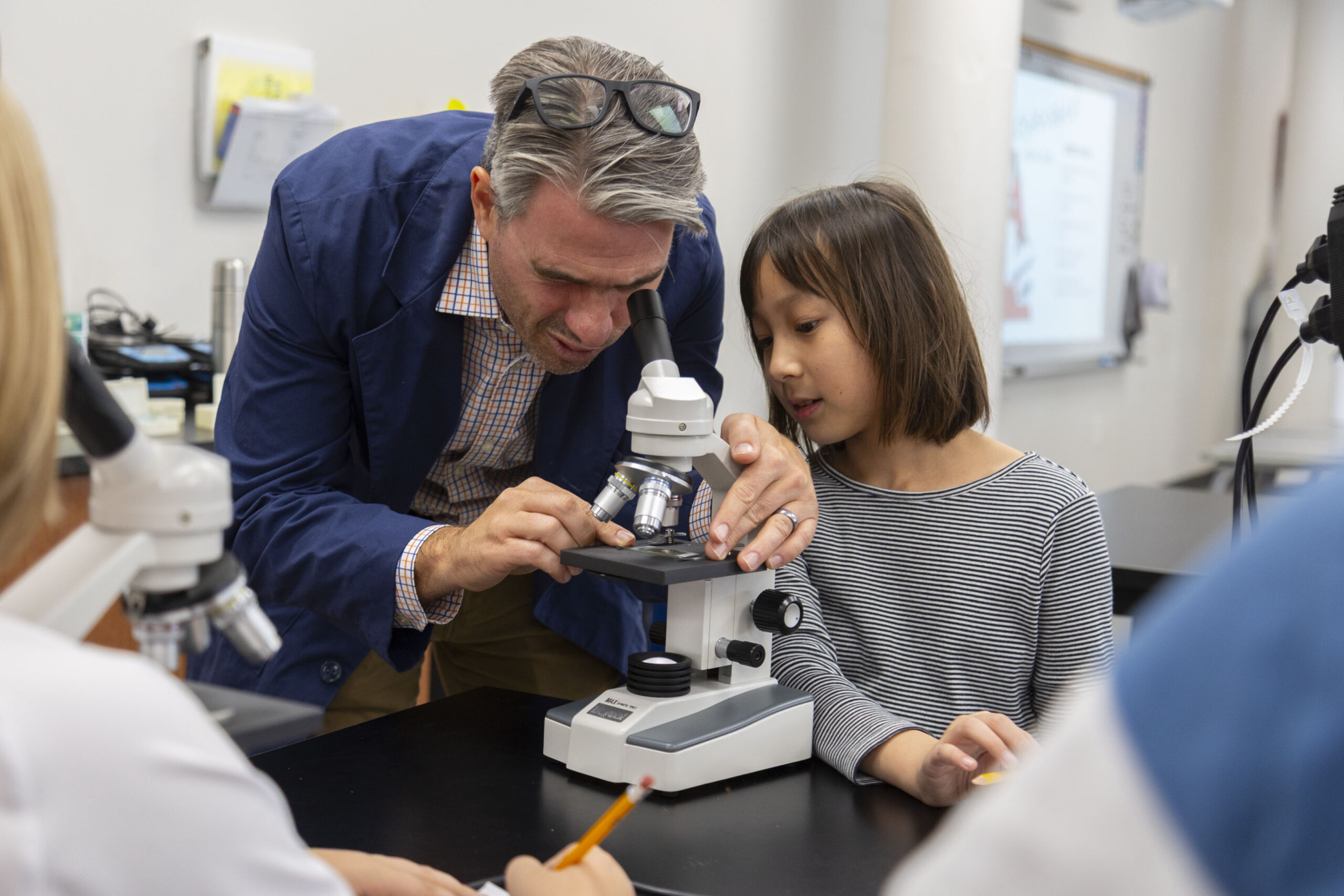Our fifth-grade students at MICDS are currently studying rocks and minerals but are doing so in a way that truly rocks. This week, they had the opportunity to work with microscopes.
JK-12 Science Department Chair Paul Zahller thought of the idea of this new microscopy lesson and worked with Middle School Science Teacher Leslie Smart to bring it into focus. “Until now, my fifth graders hadn’t had the chance to use microscopes in class—something they likely didn’t expect while studying geology, the science of Earth’s materials and processes,” explains Smart. “Thanks to educators like Paul Zahlier, who knew where and how to procure slides of rock samples as thin as an eyelash, MICDS fifth-grade students can explore the crystalline structures within rocks up close.”
To kick off the microscopy lesson with a smooth rather than a rocky start, students first learned the names and functions of each part of the microscope (e.g. eyepiece, objective lens, stage clip, fine adjustment knob, base, etc.), along with how to handle and use the equipment safely. Then, they explored a variety of prepared slides, observing specimens up close and sketching what they saw. Some of the slides were of sunflower petals or onion slices.
Next was the moment they were waiting for: examining a very special collection of rock and mineral slides! These particular slides were handcrafted in Mongolia, specifically for MICDS. They were created over several days before being carefully shipped to our School over the summer.
Students explored the crystalline structures of rocks and minerals using the thin-section slides and compound microscopes to see how internal composition shapes the properties we observe on the surface. “This experience, newly added to the curriculum, builds on the Rocks and Minerals unit; it extends learning beyond color, hardness, and luster to the microscopic patterns that reveal how each mineral formed,” shares Zahller. “As students learn to focus and adjust the microscope, they compare textures and grain structures; they discover how variations in mineral composition lead to differences in strength, density, and real-world uses such as construction materials and electronics.”
Smart adds, “Minerals are classified by their crystal structures, but the concept—and even the vocabulary—can feel abstract to fifth graders. When students have the opportunity to see these structures through a microscope, the idea of ‘crystalline’ becomes concrete. What was once just a challenging word transforms into a meaningful concept that they can visualize and connect to their learning. Seeing the crystalline structures within the rocks firsthand helped students make sense of concepts that may have otherwise felt abstract. Experiences like this bring Earth science to life and deepen our students’ understanding of our planet’s materials.”
Students found that this lesson solidified their understanding of rocks and minerals, taking it to a new level. “What surprised me the most was how interesting a little piece of rock looked under the microscope and how it had a ton of tiny details,” said Edie Spitzfaden ’33. “It was also interesting to learn how a microscope works and how it can magnify the small details of a rock.”
What a clever way to slice through the layers of this topic. “I am particularly passionate about using this lesson to spark curiosity about how humans depend on Earth’s natural resources,” said Zahller. “Minerals are not just scientific specimens; they are the foundation of nearly every product, building, and technology we use. Helping students see that connection is critical to developing a generation of informed, responsible leaders in sustainable development. My hope is that fifth graders will understand where materials come from, how they are transformed for human use, and why stewardship of these finite resources matters.”
Thank you, Mr. Zahller and Ms. Smart, for this rockin’ lesson!
